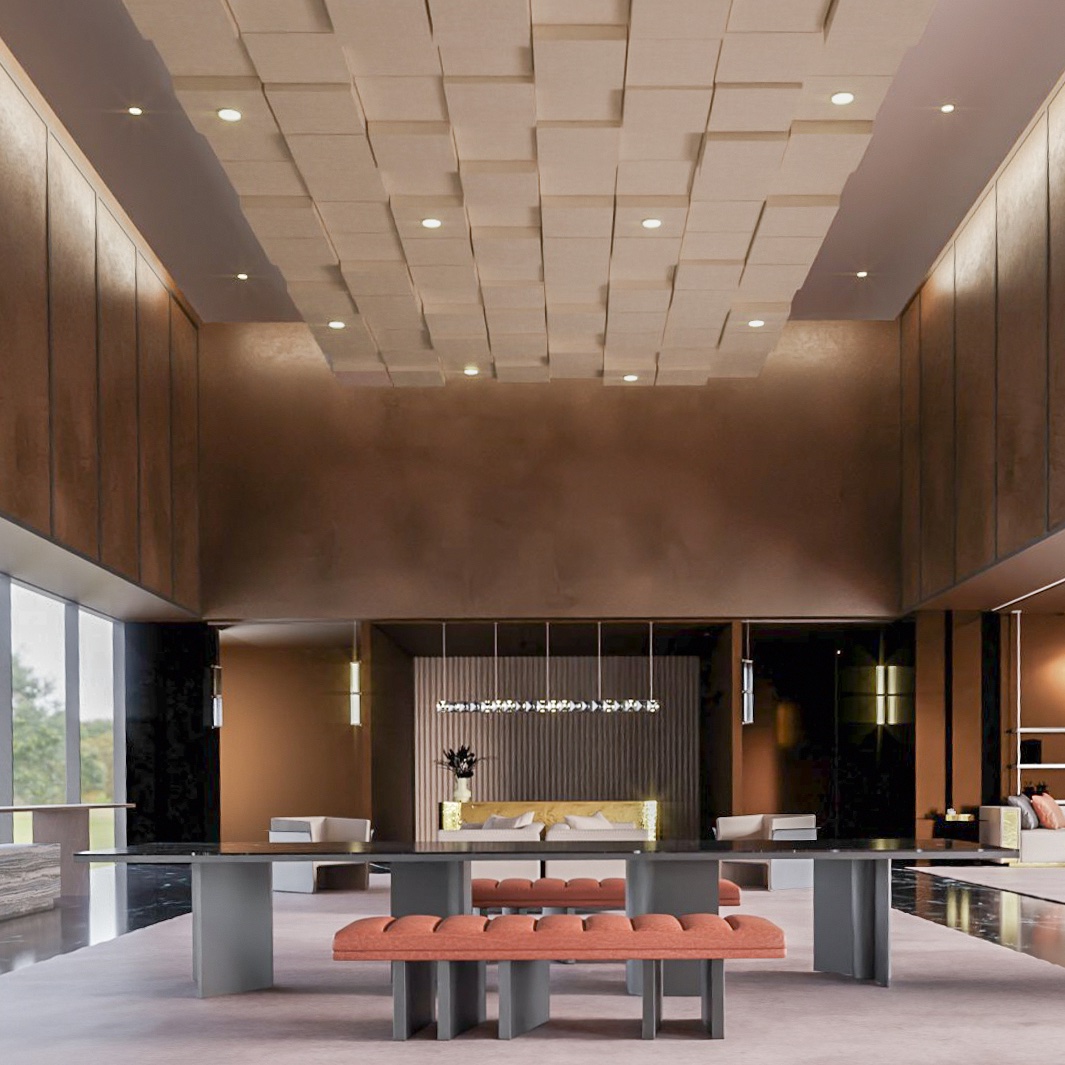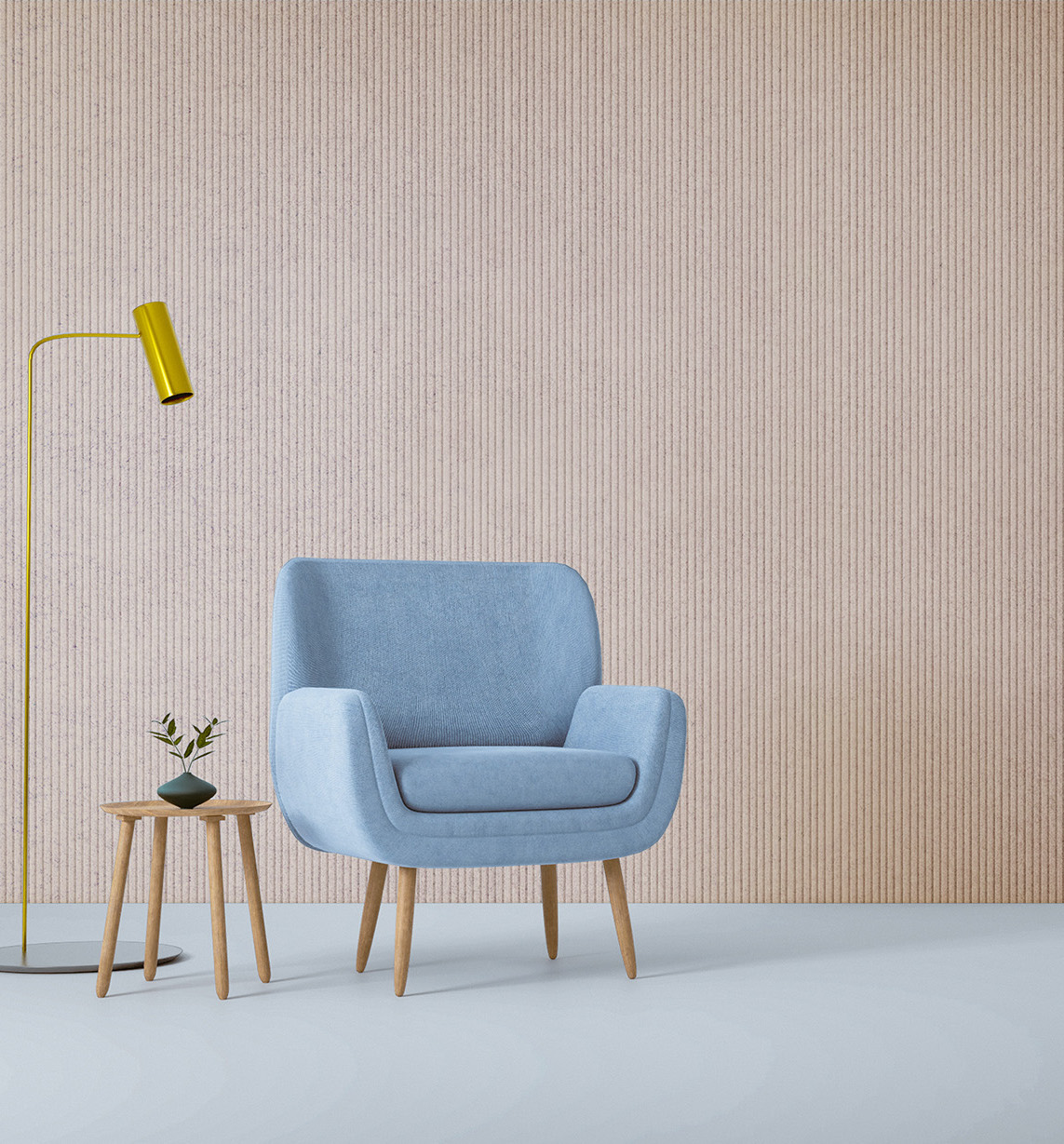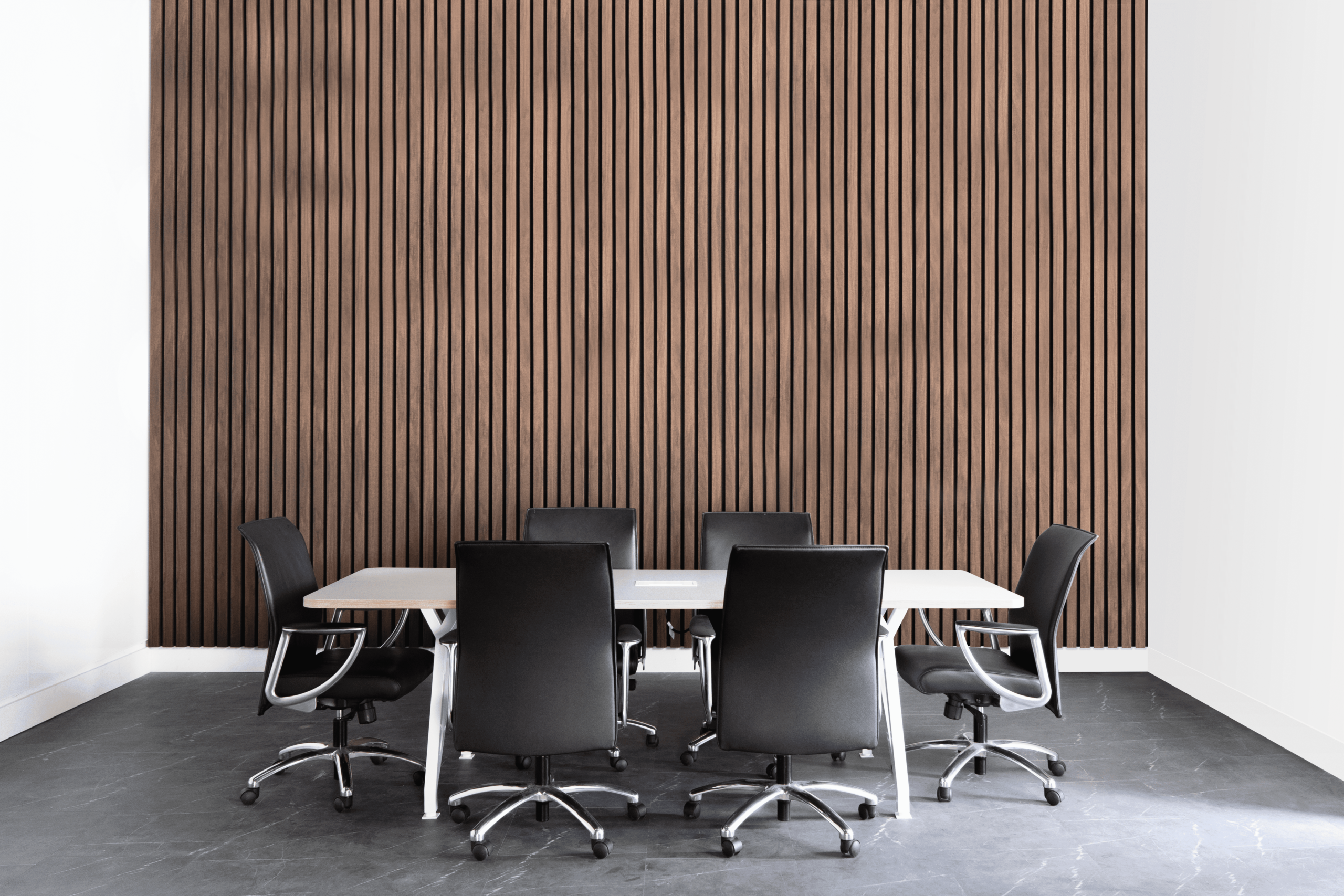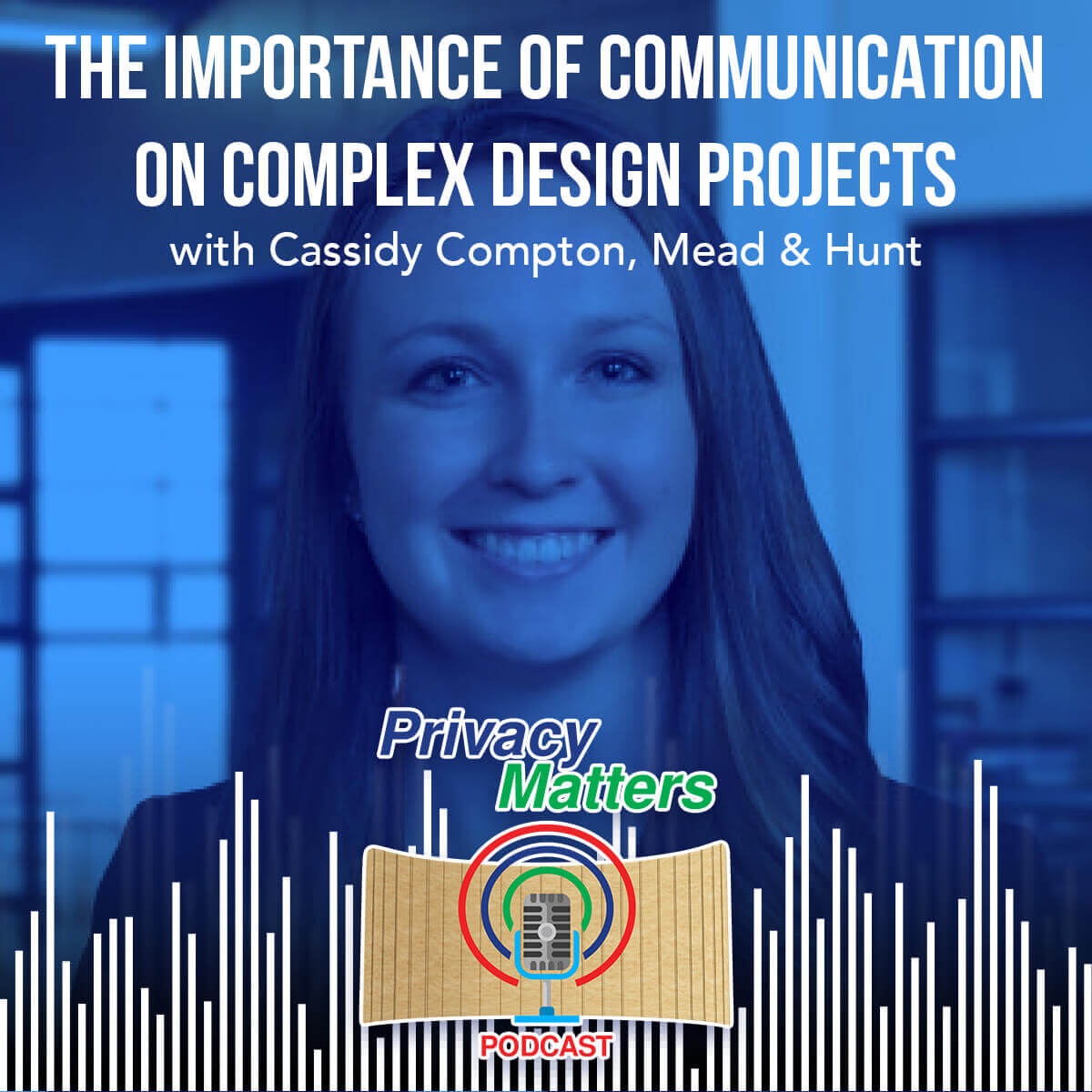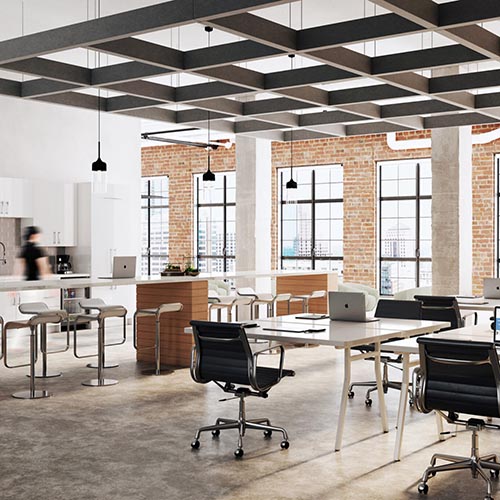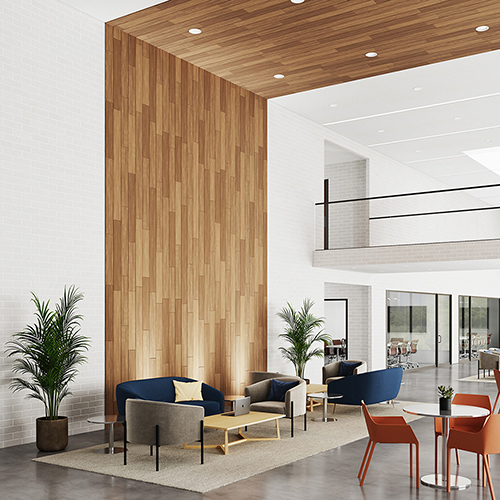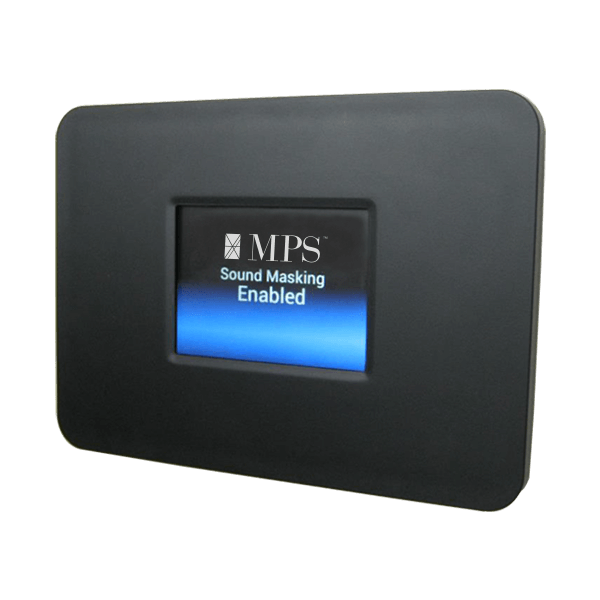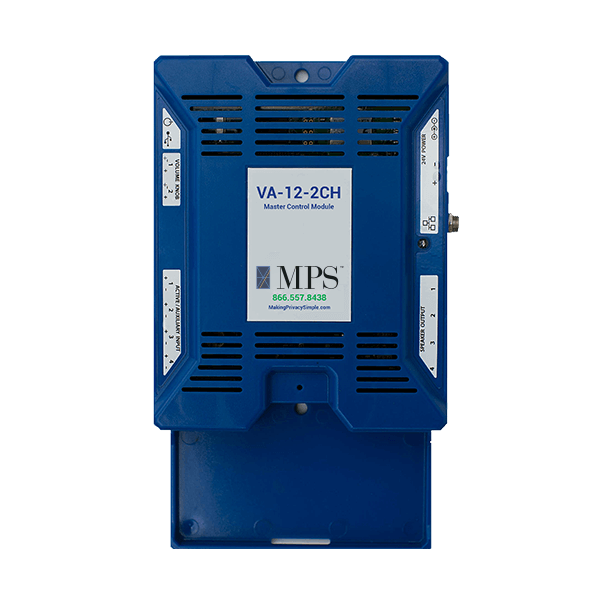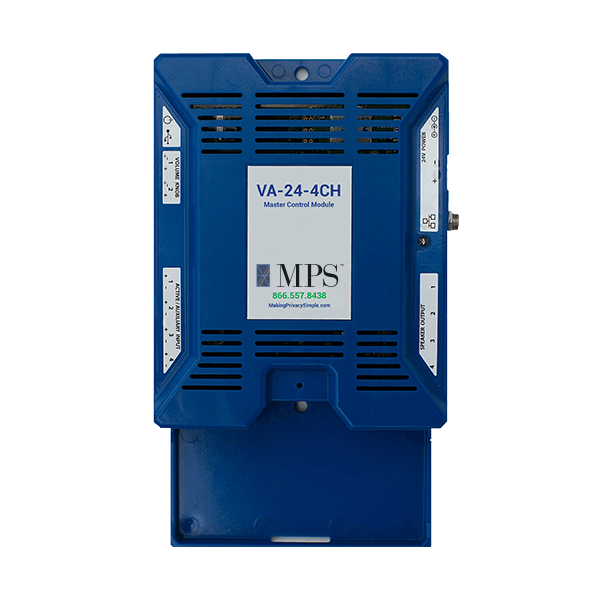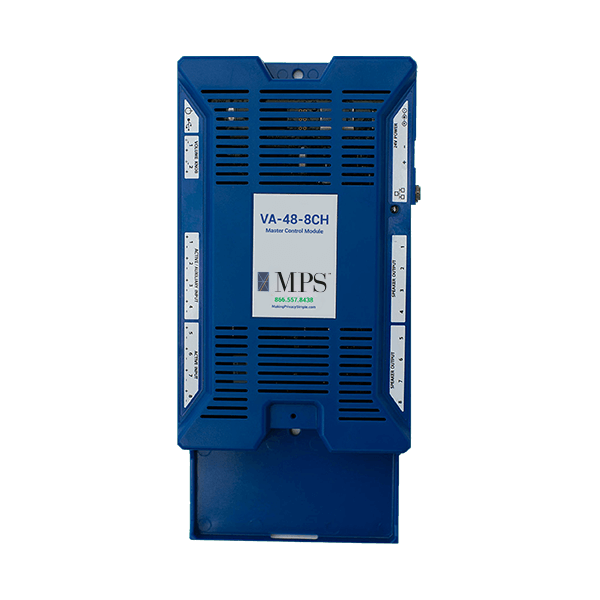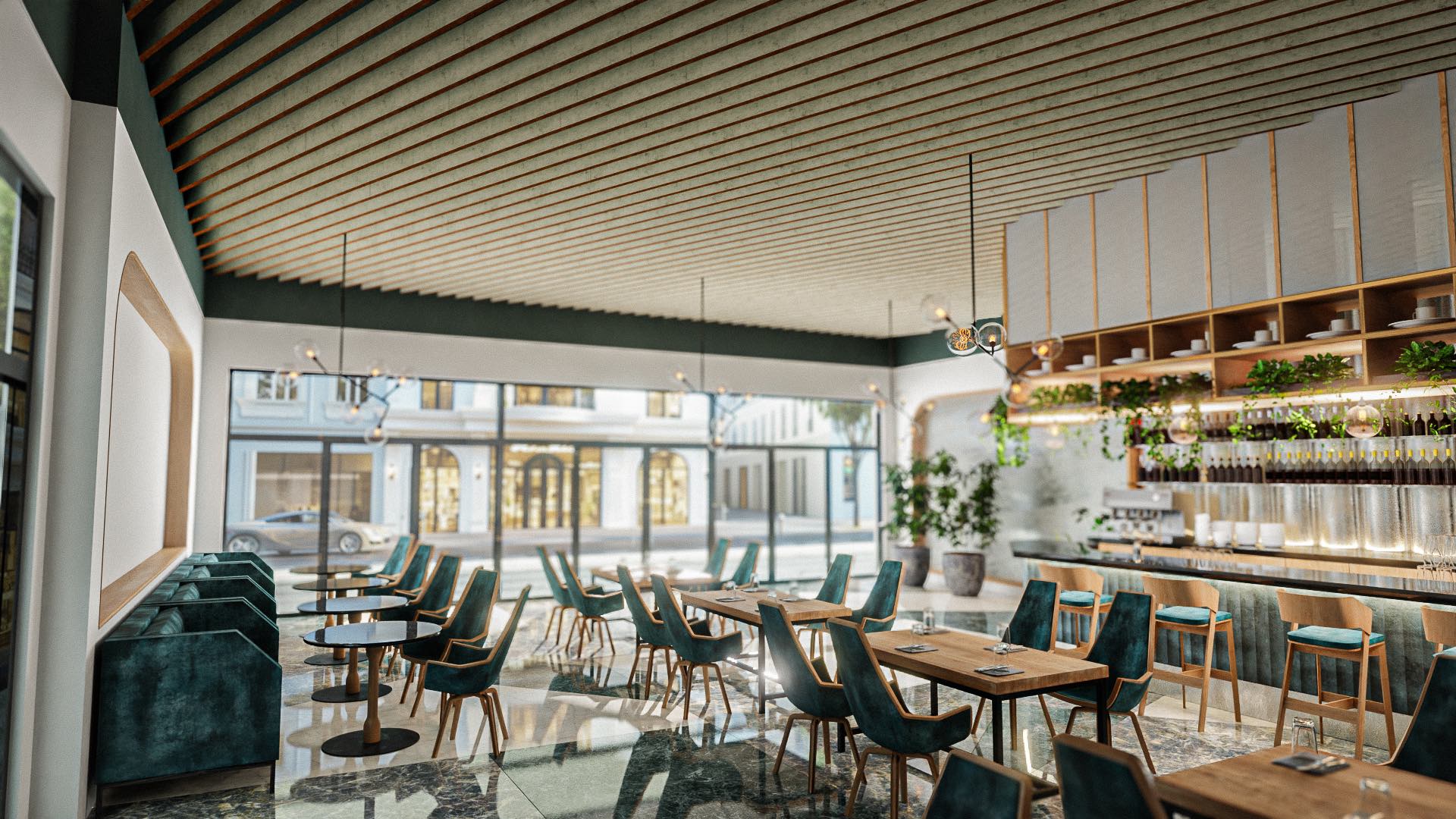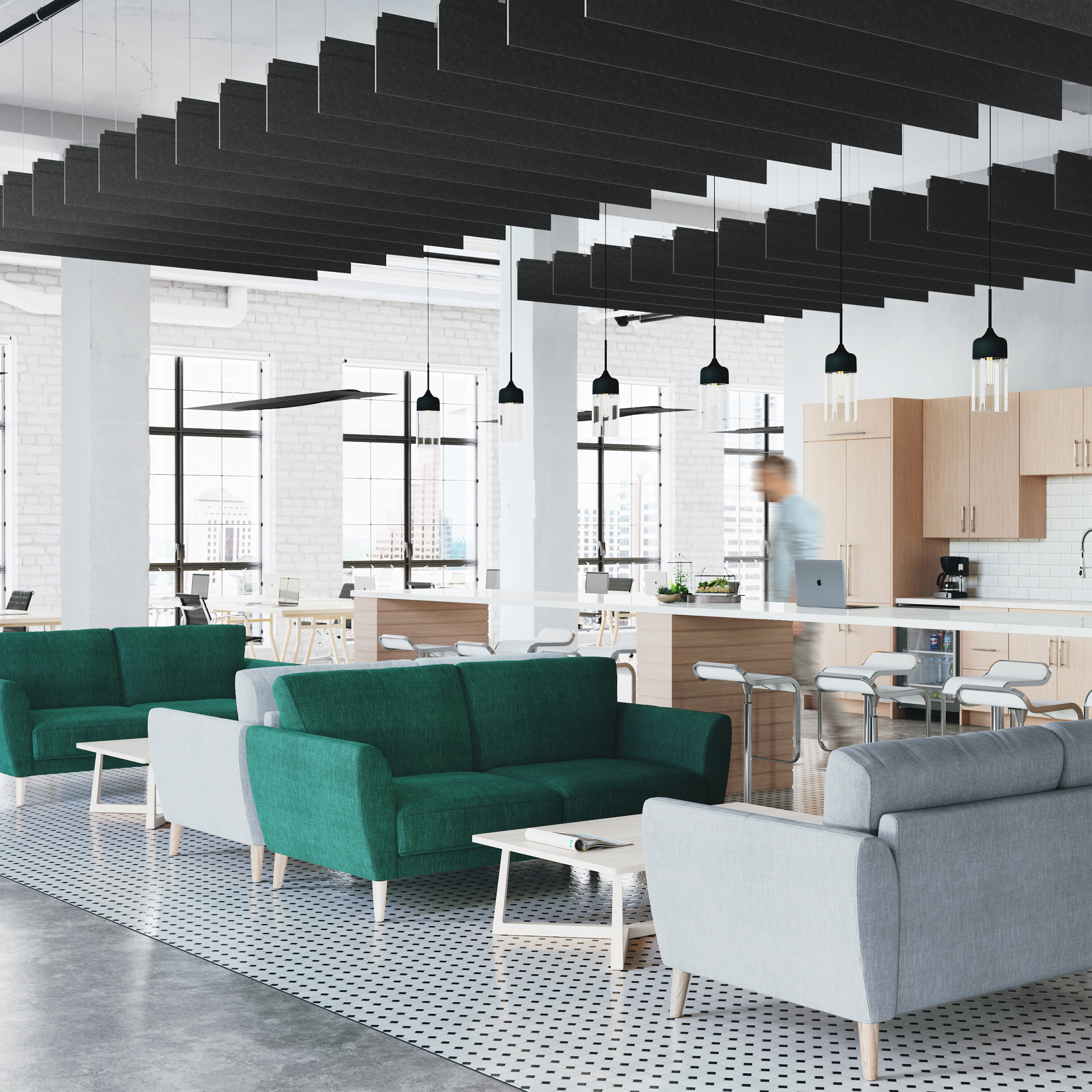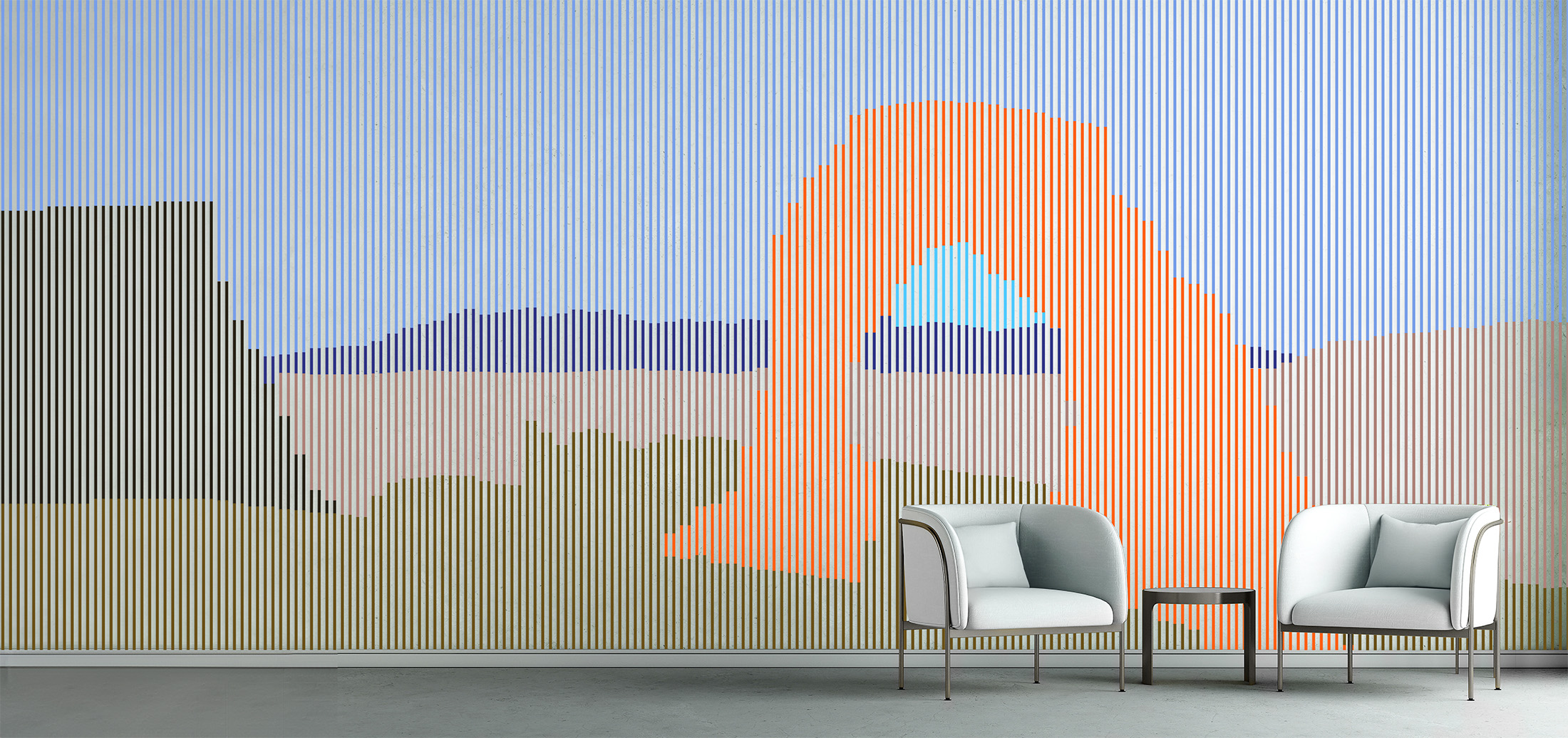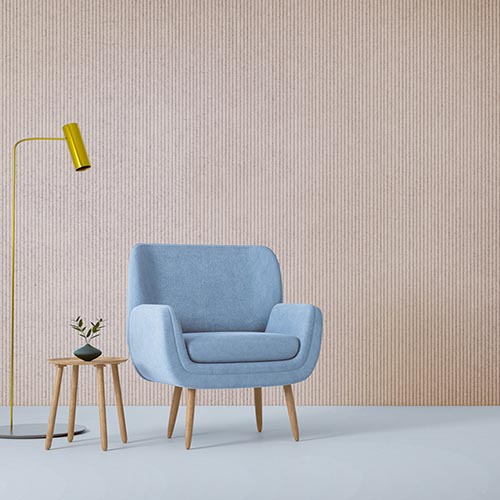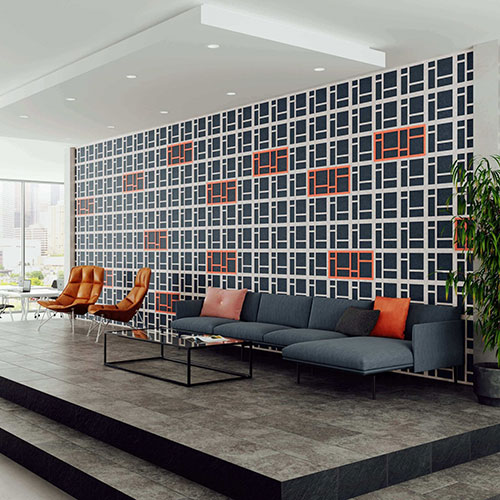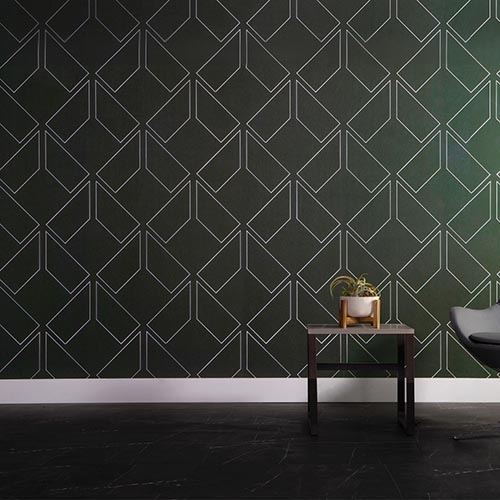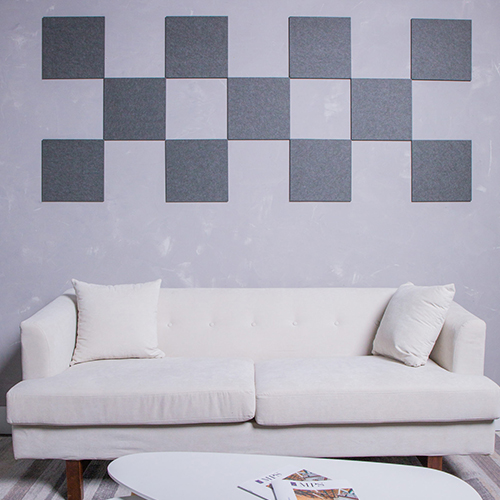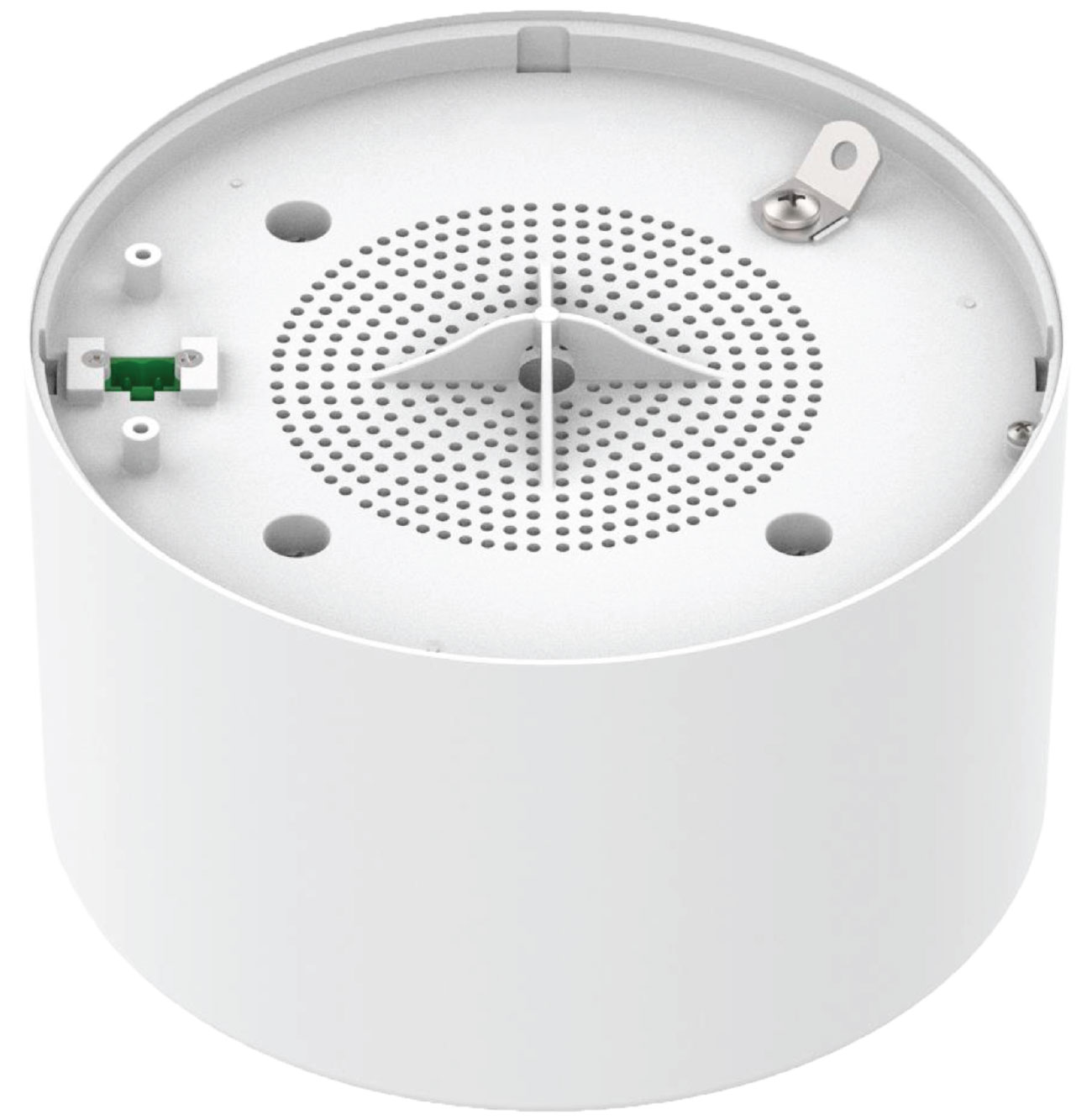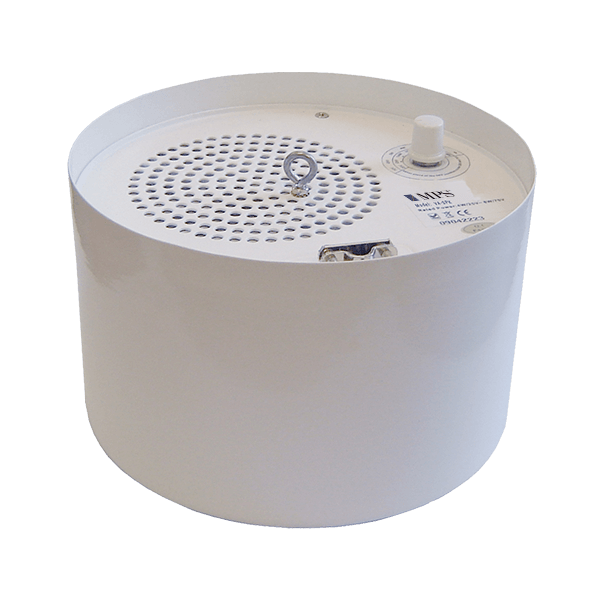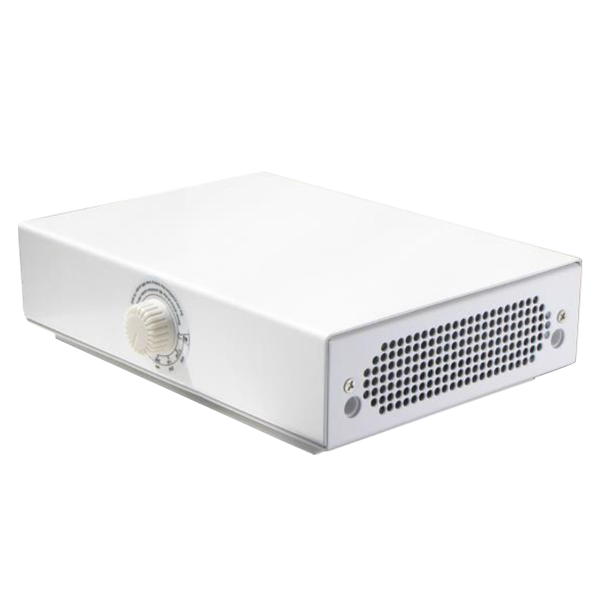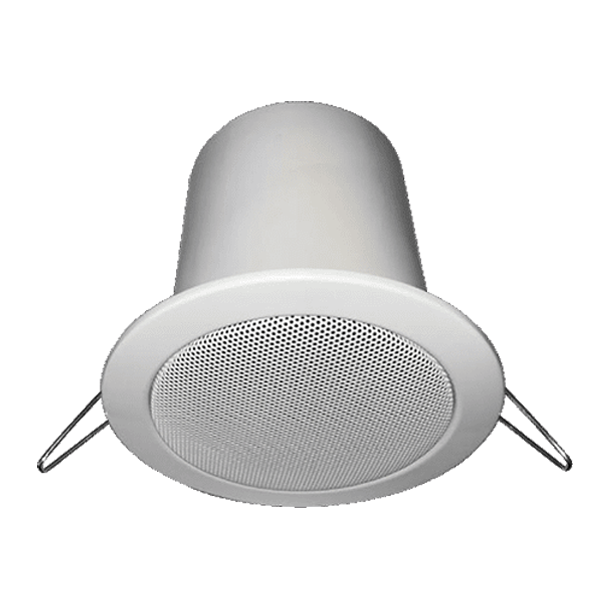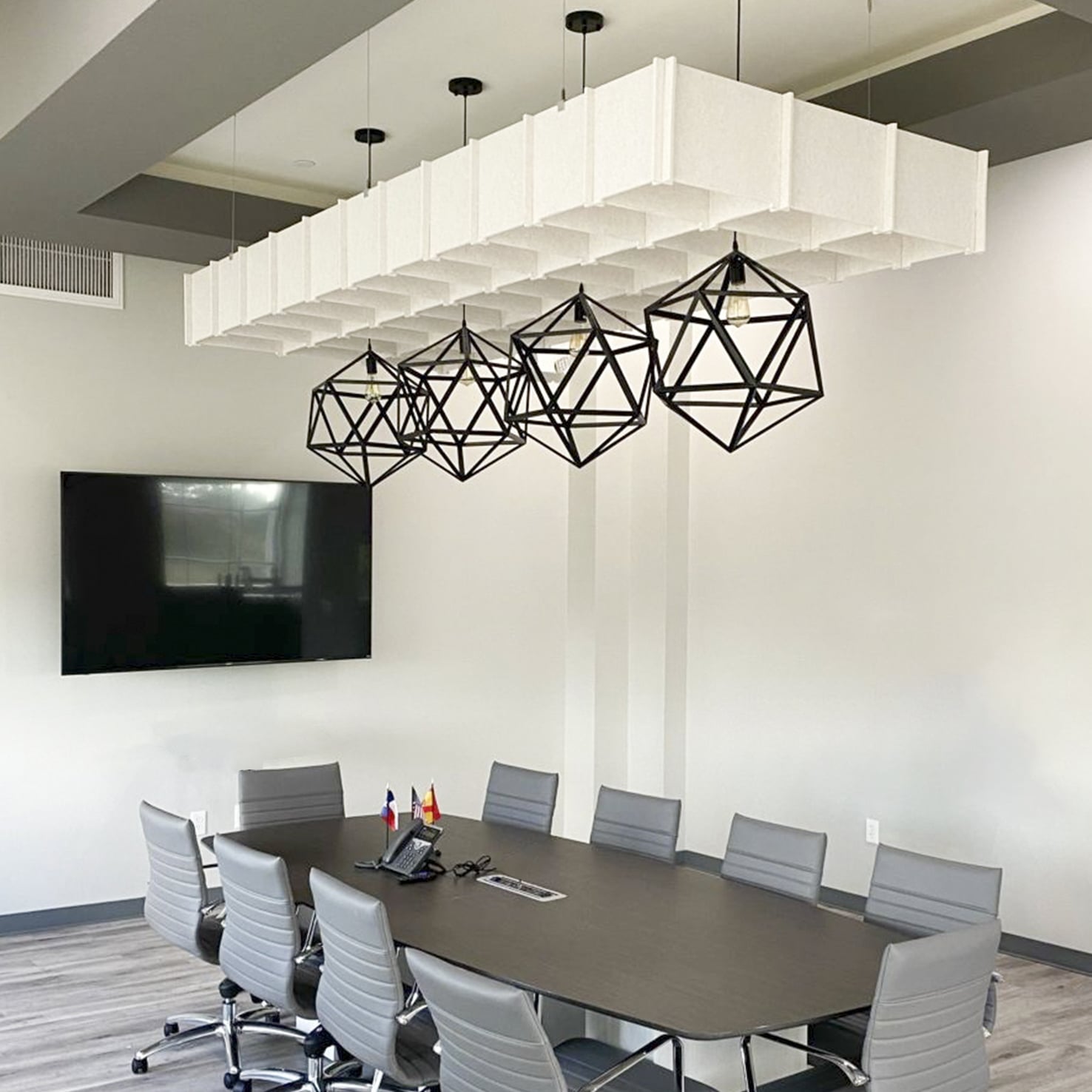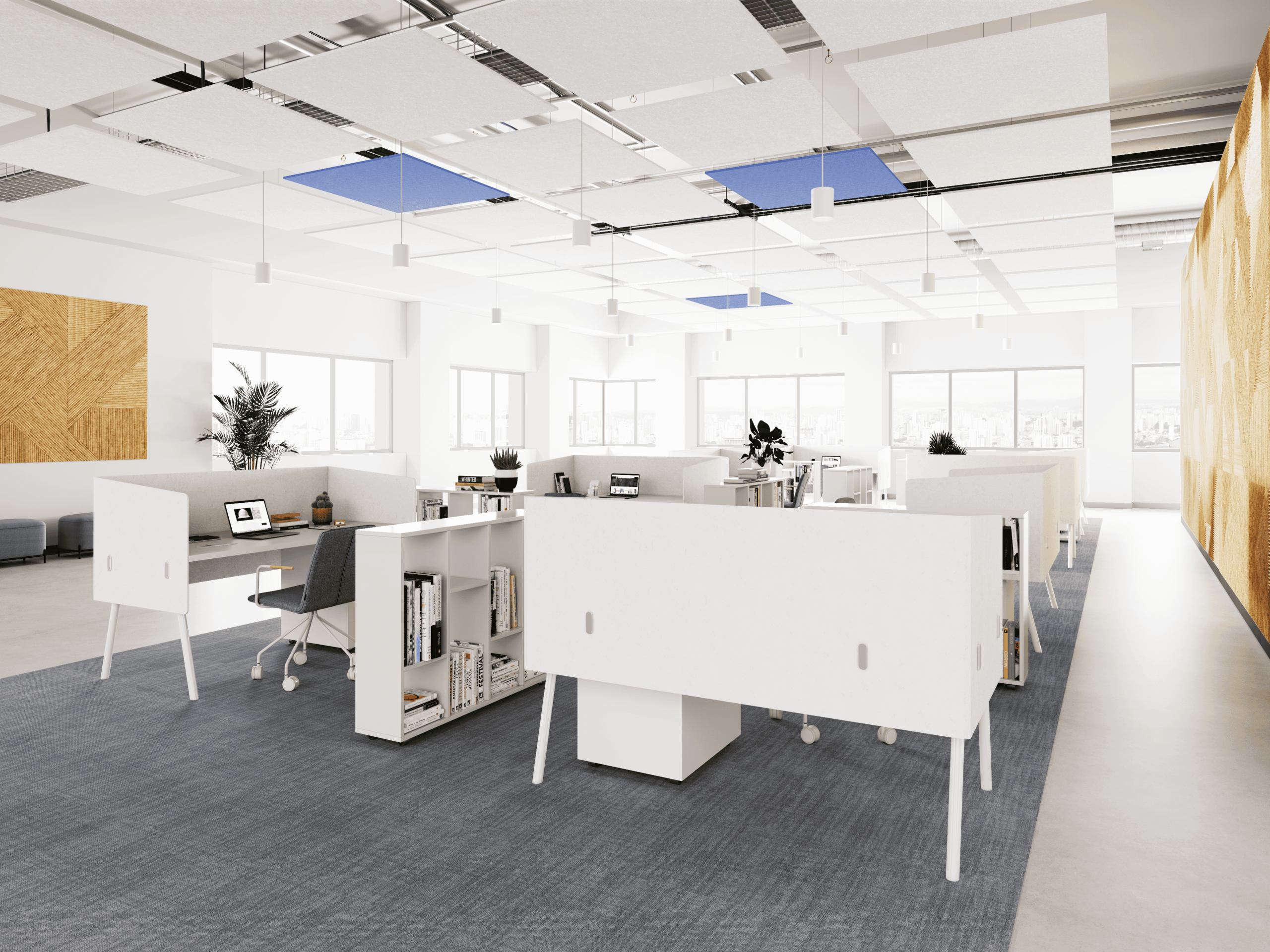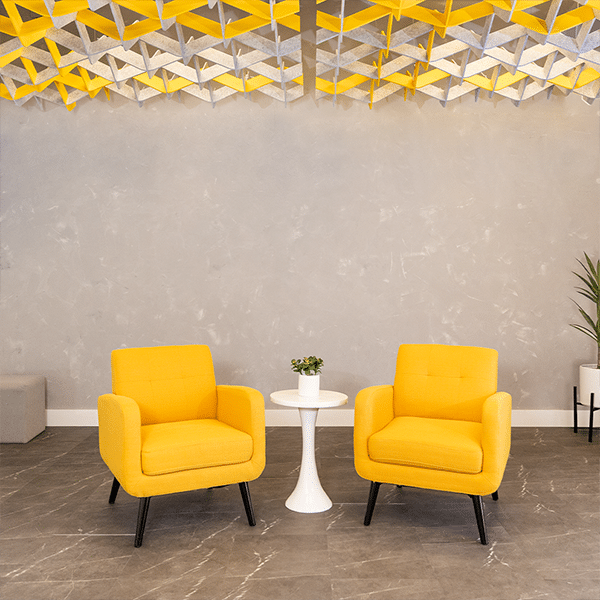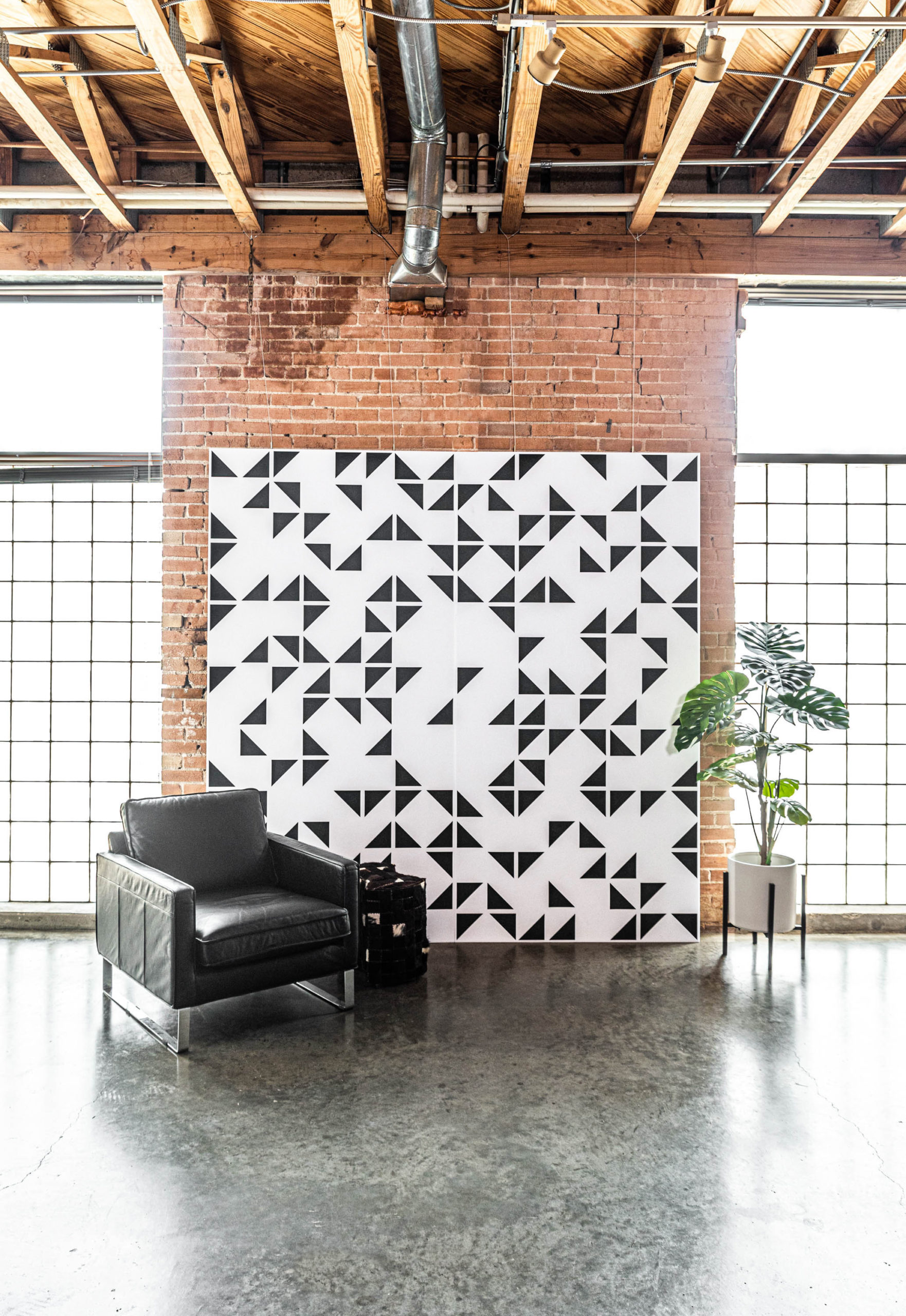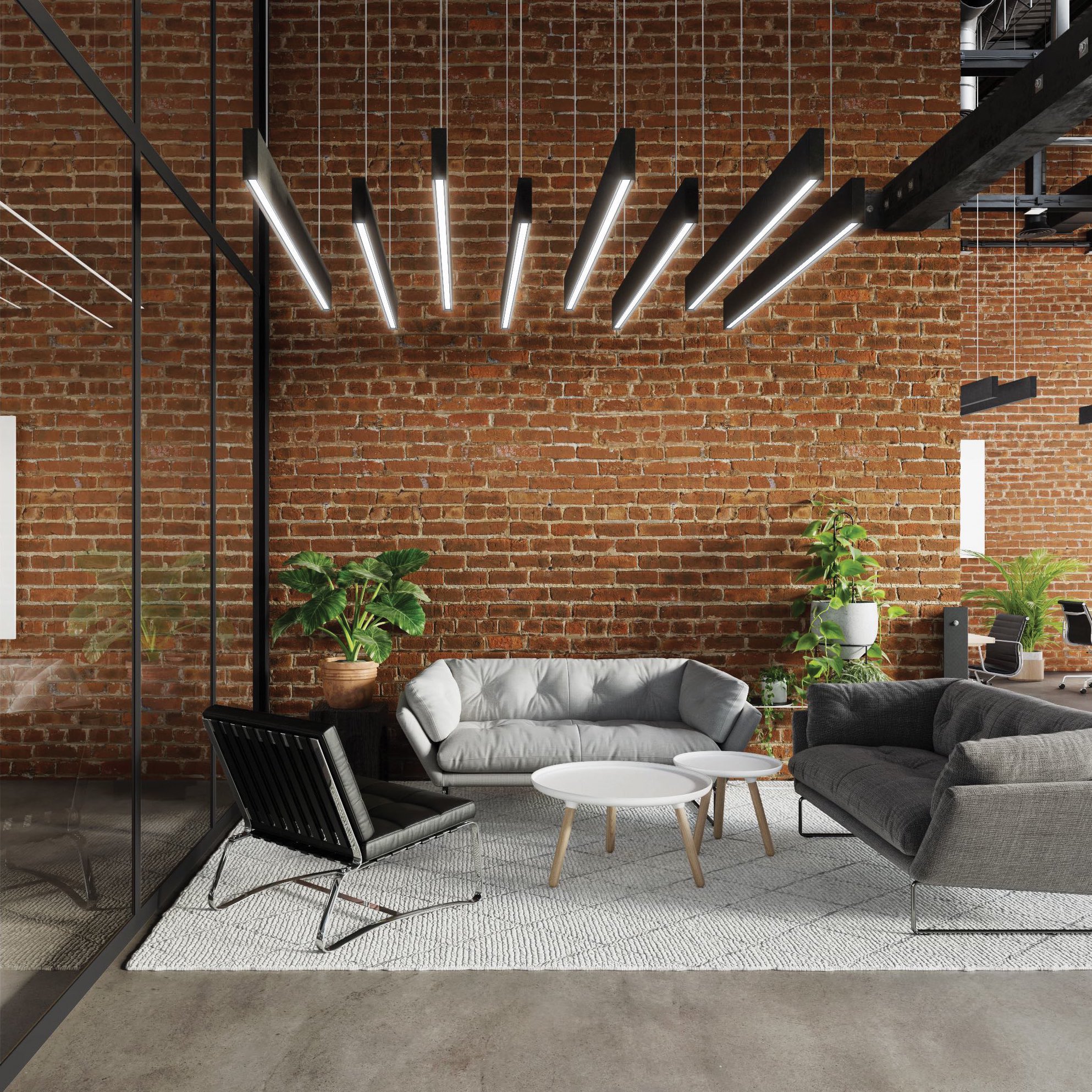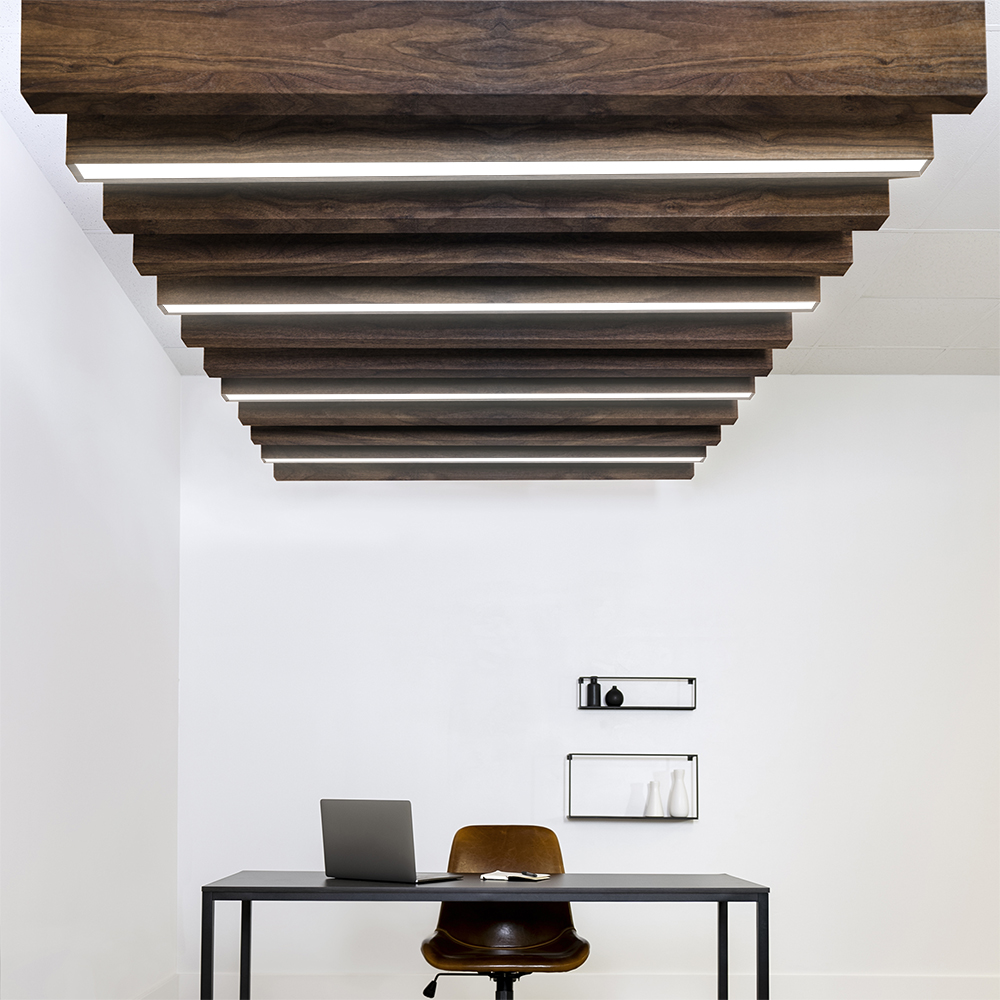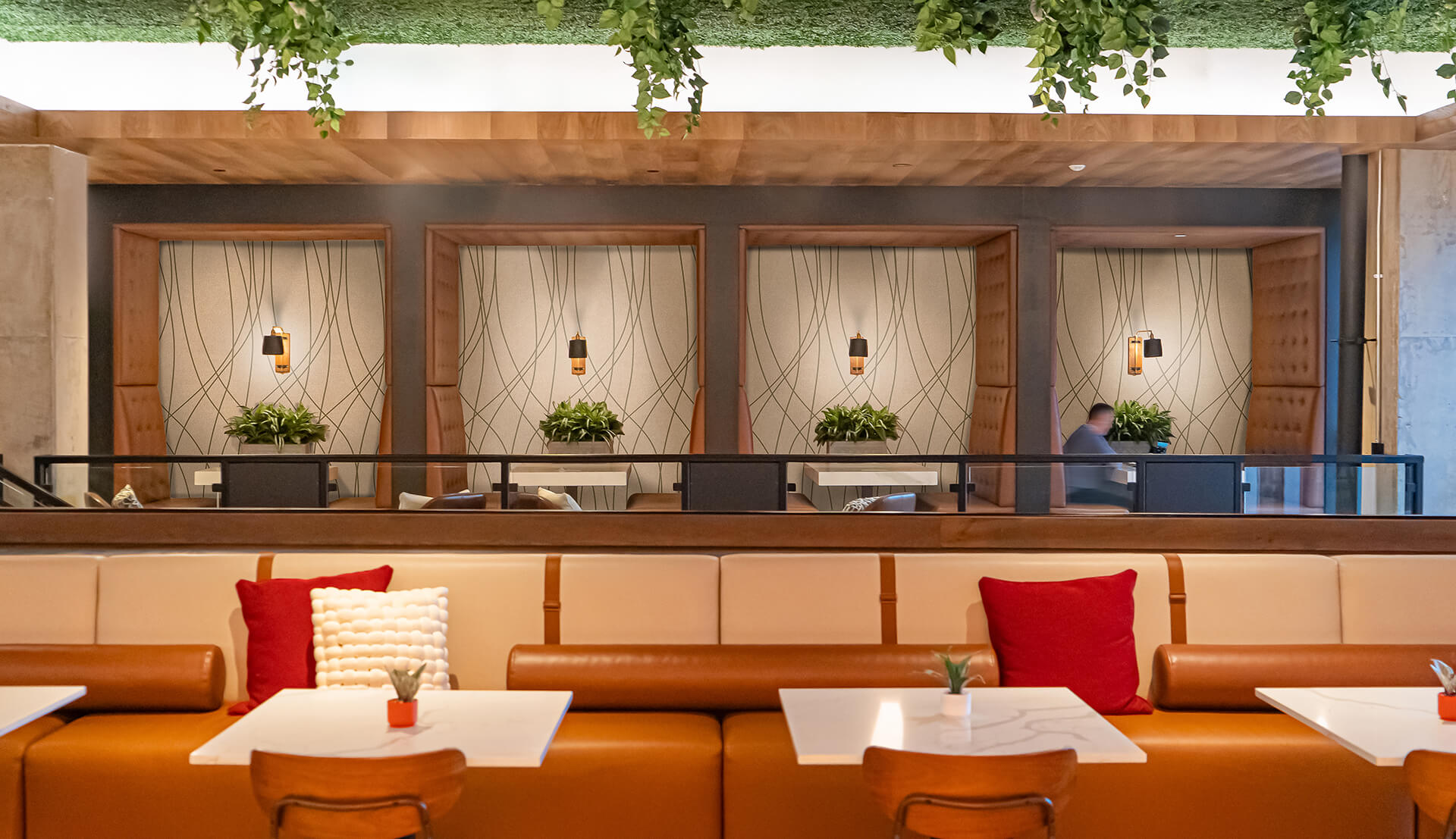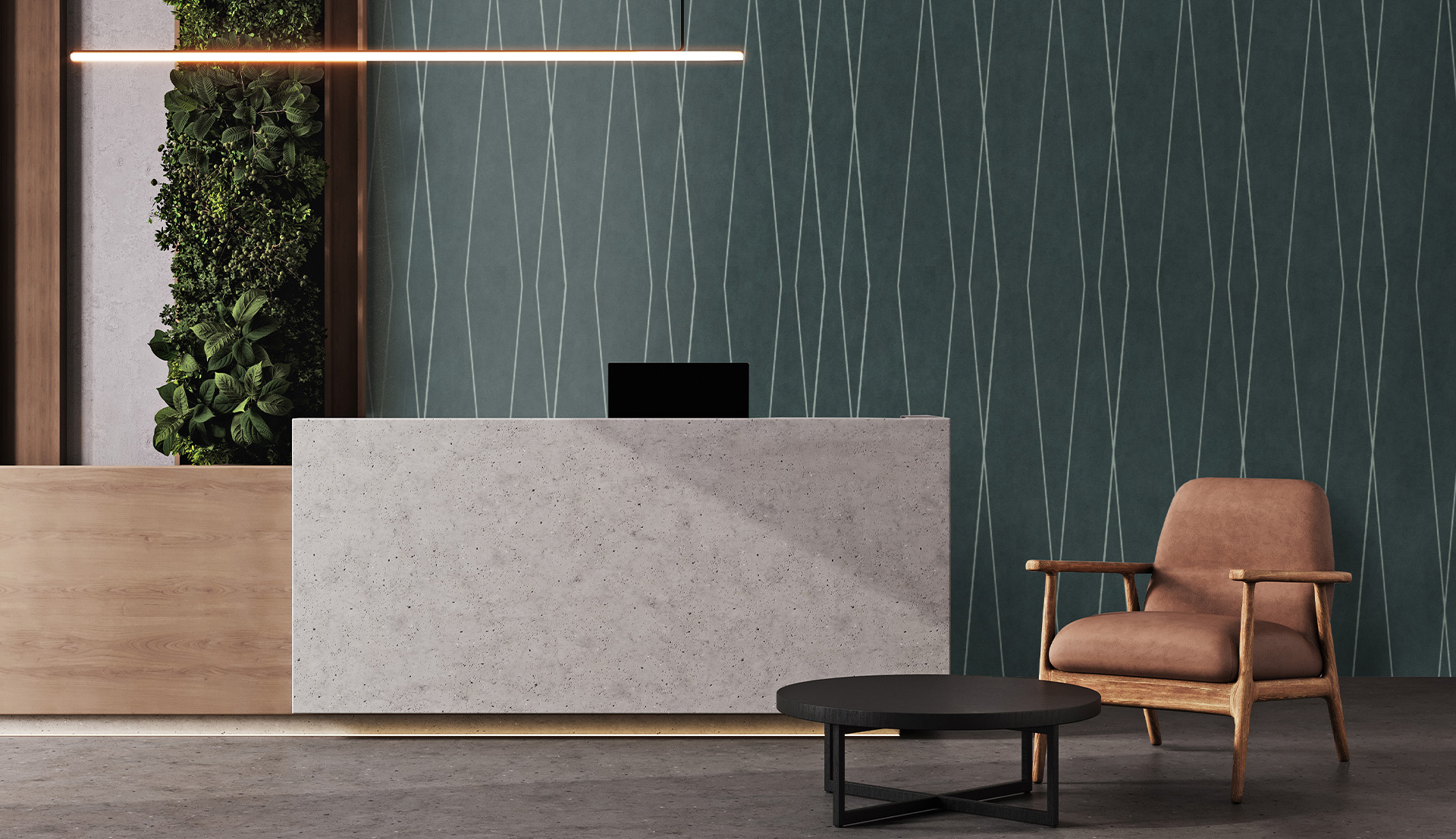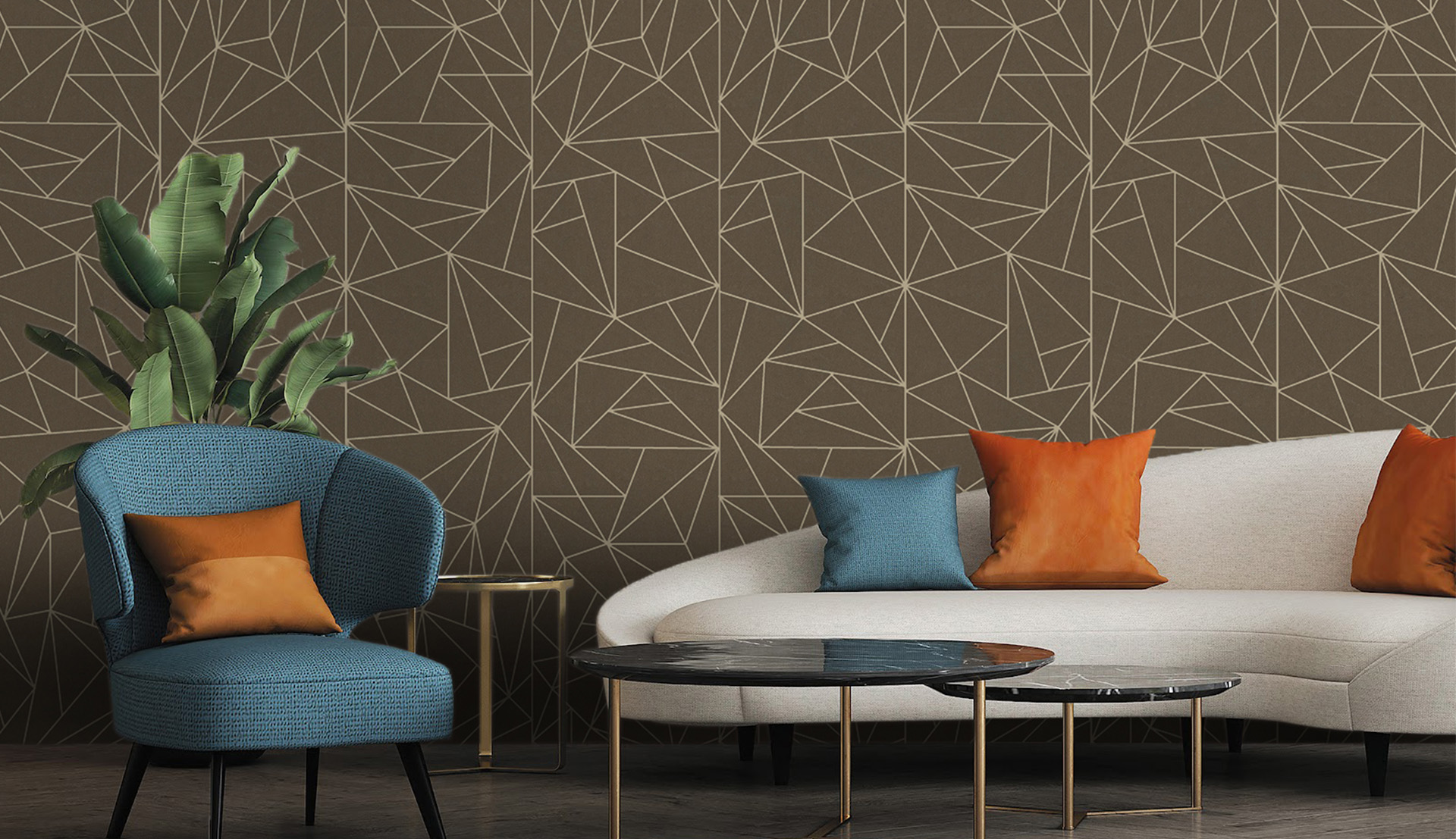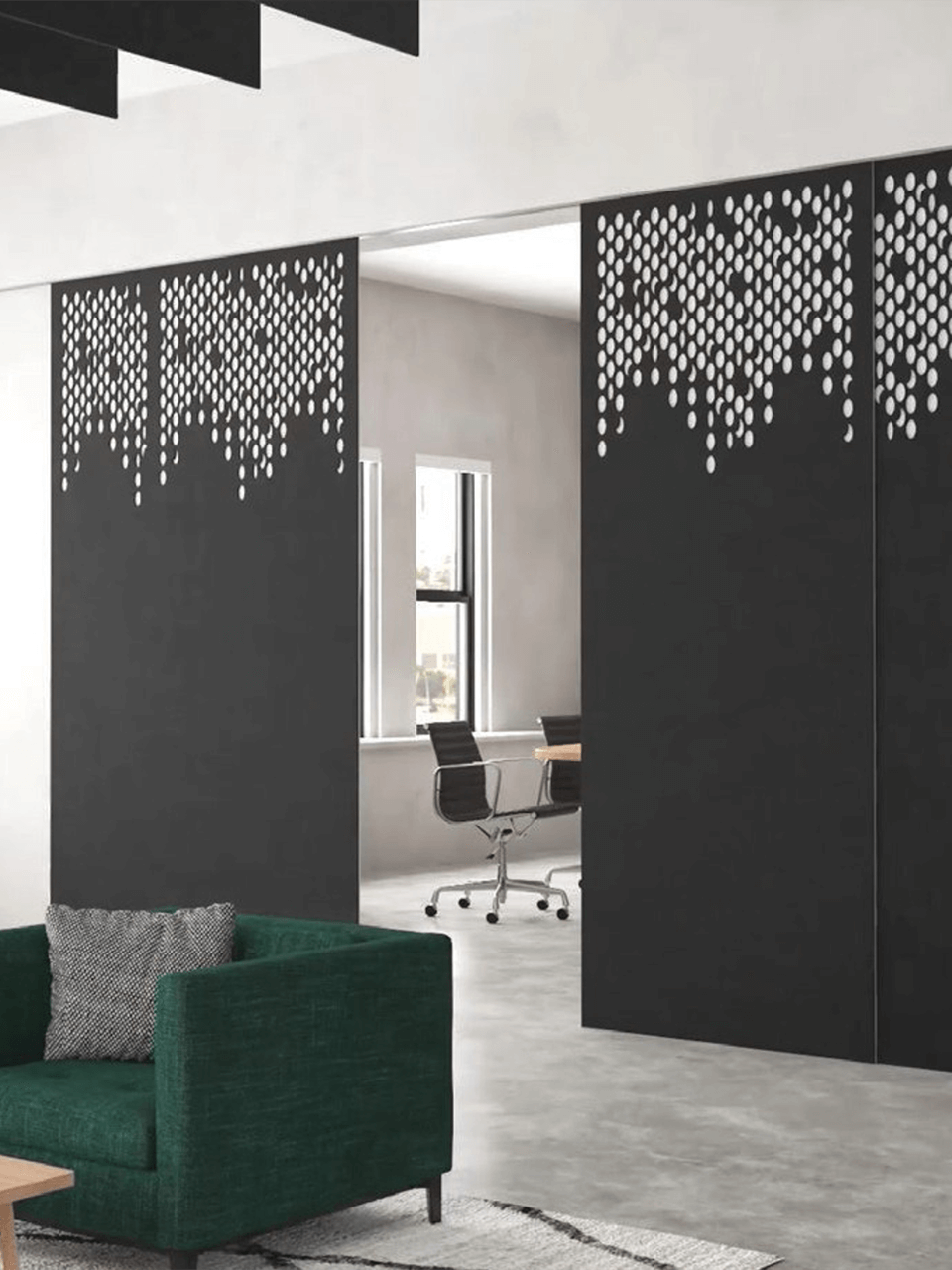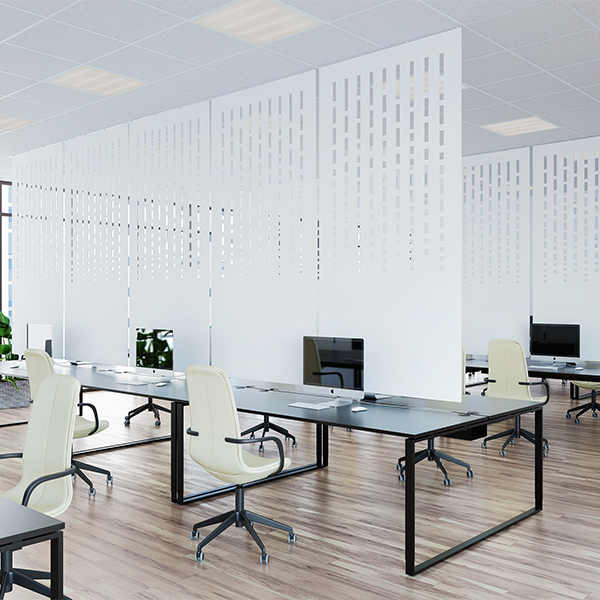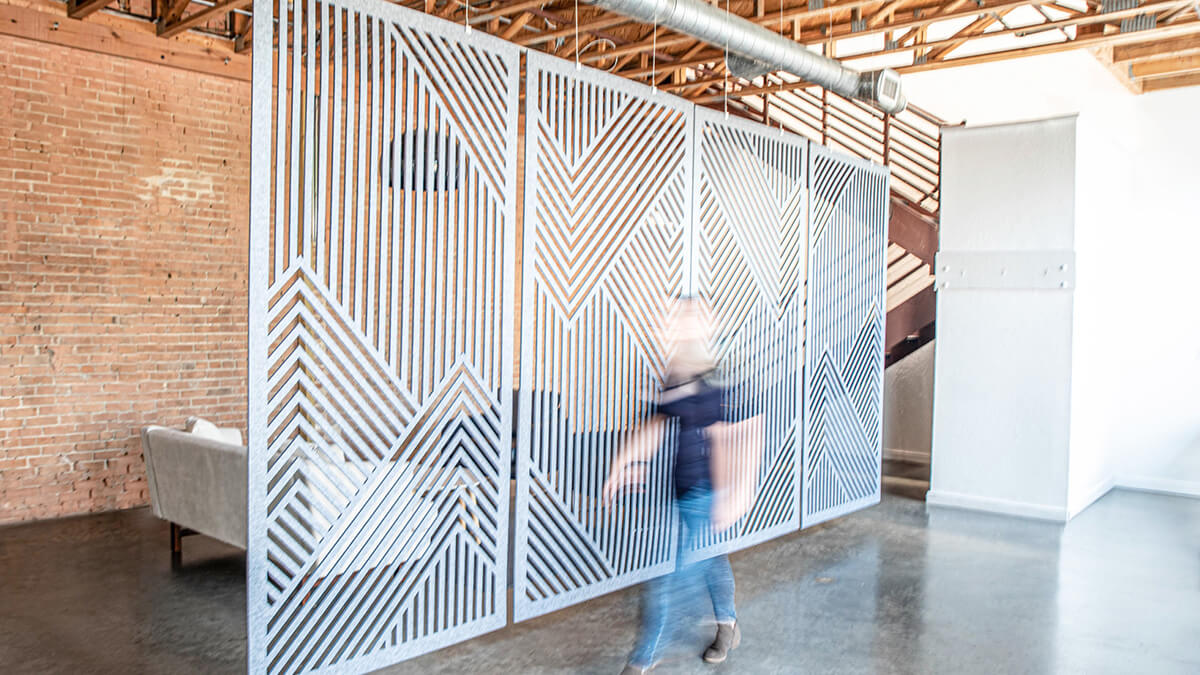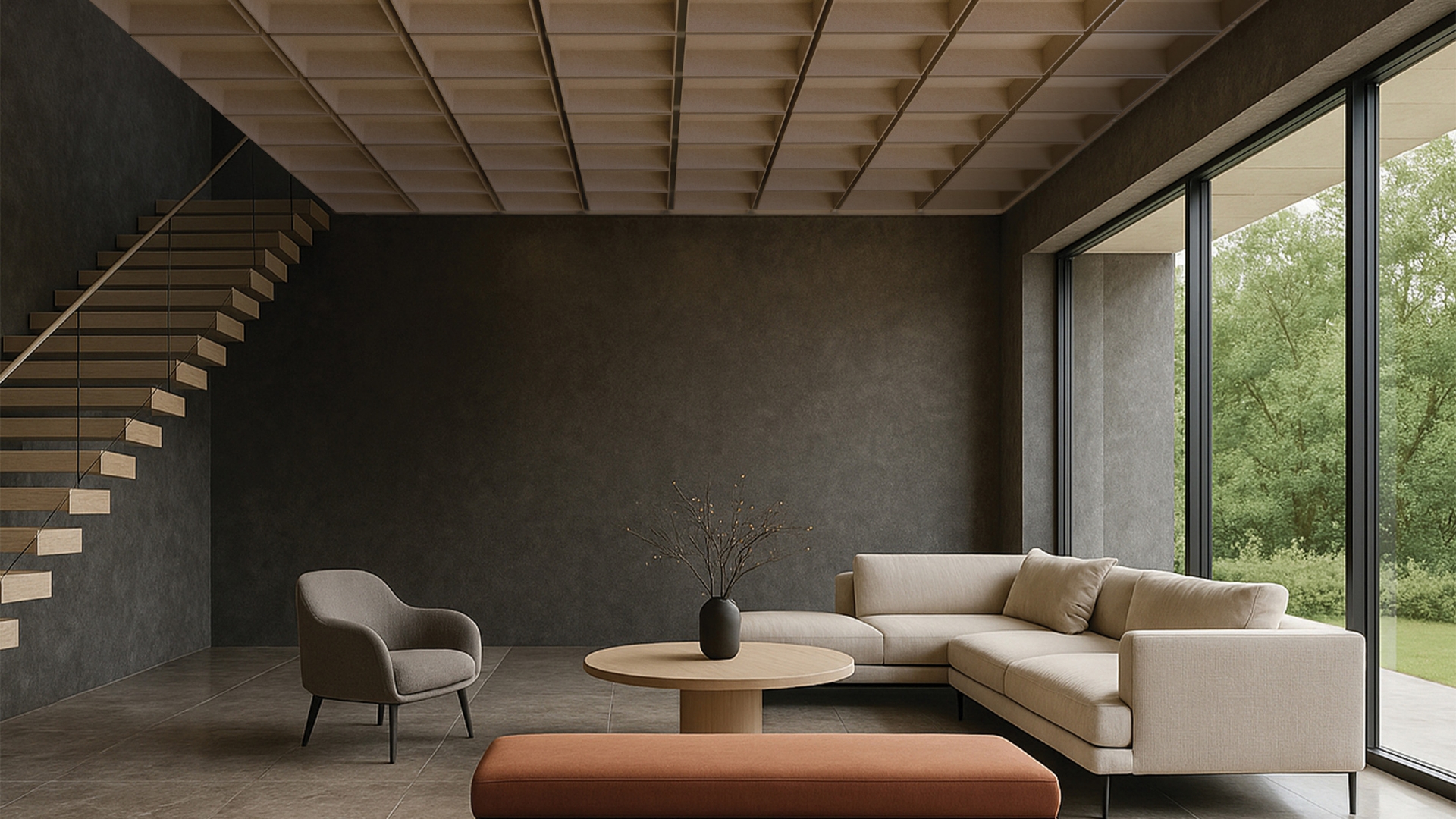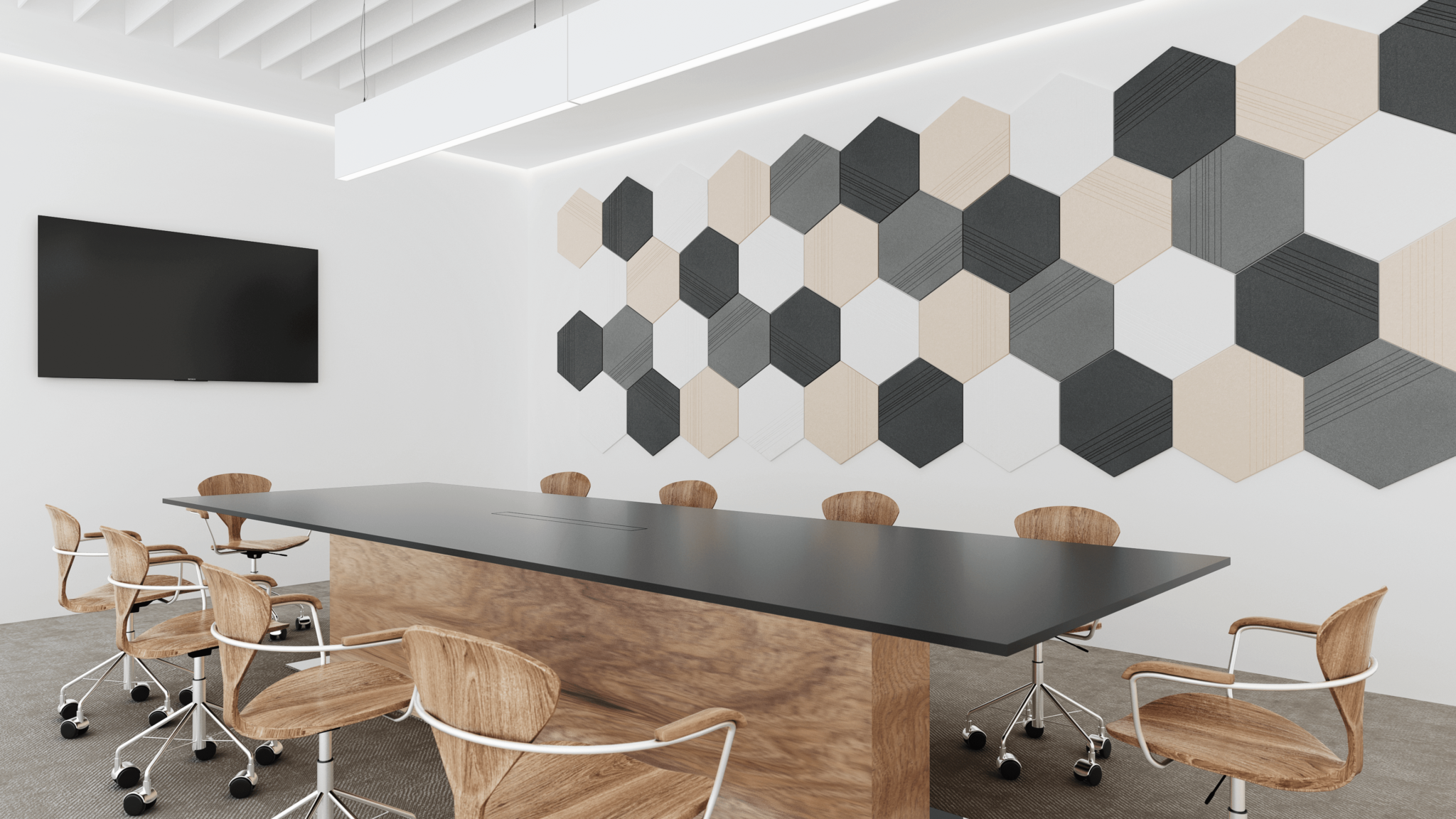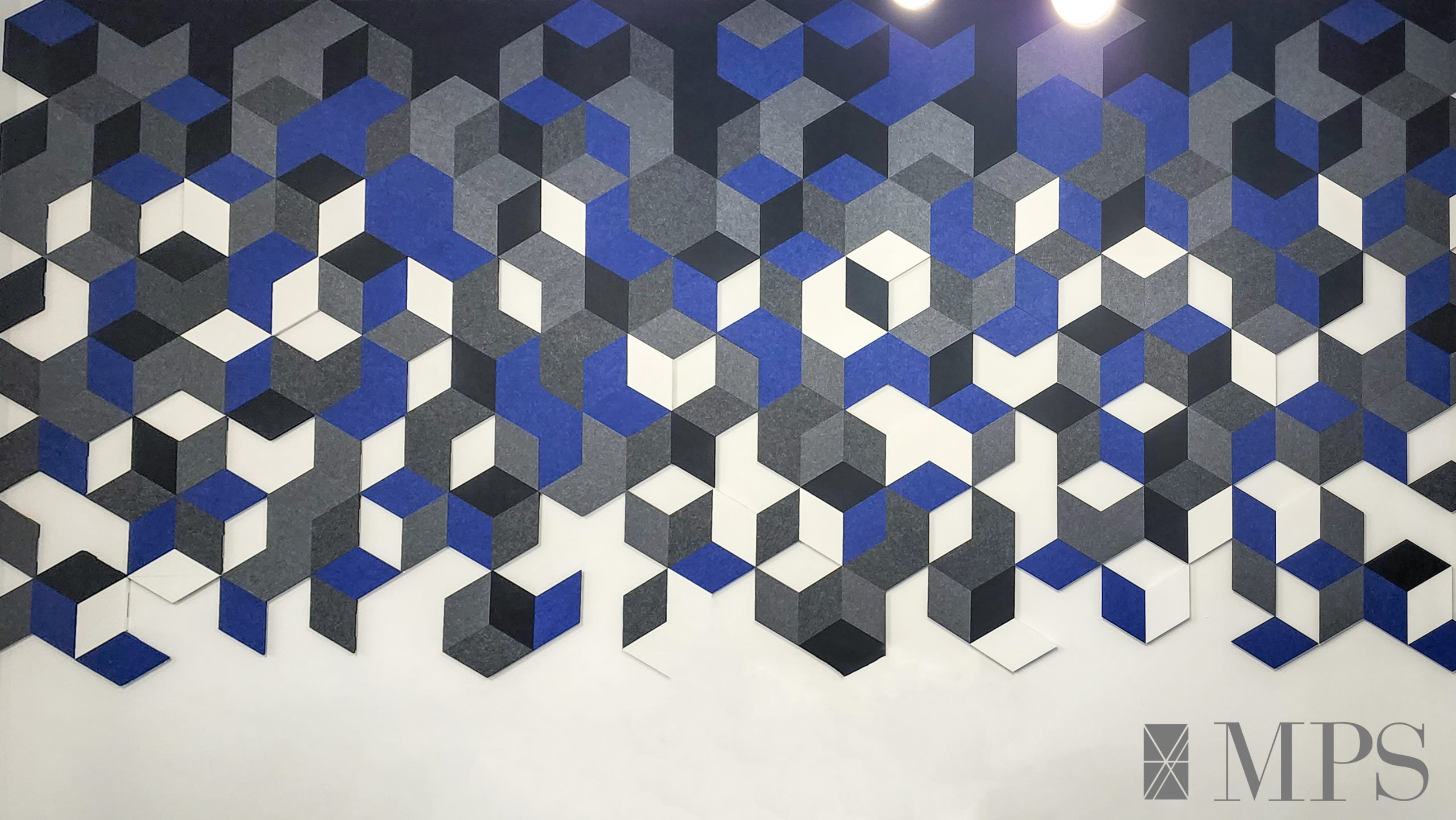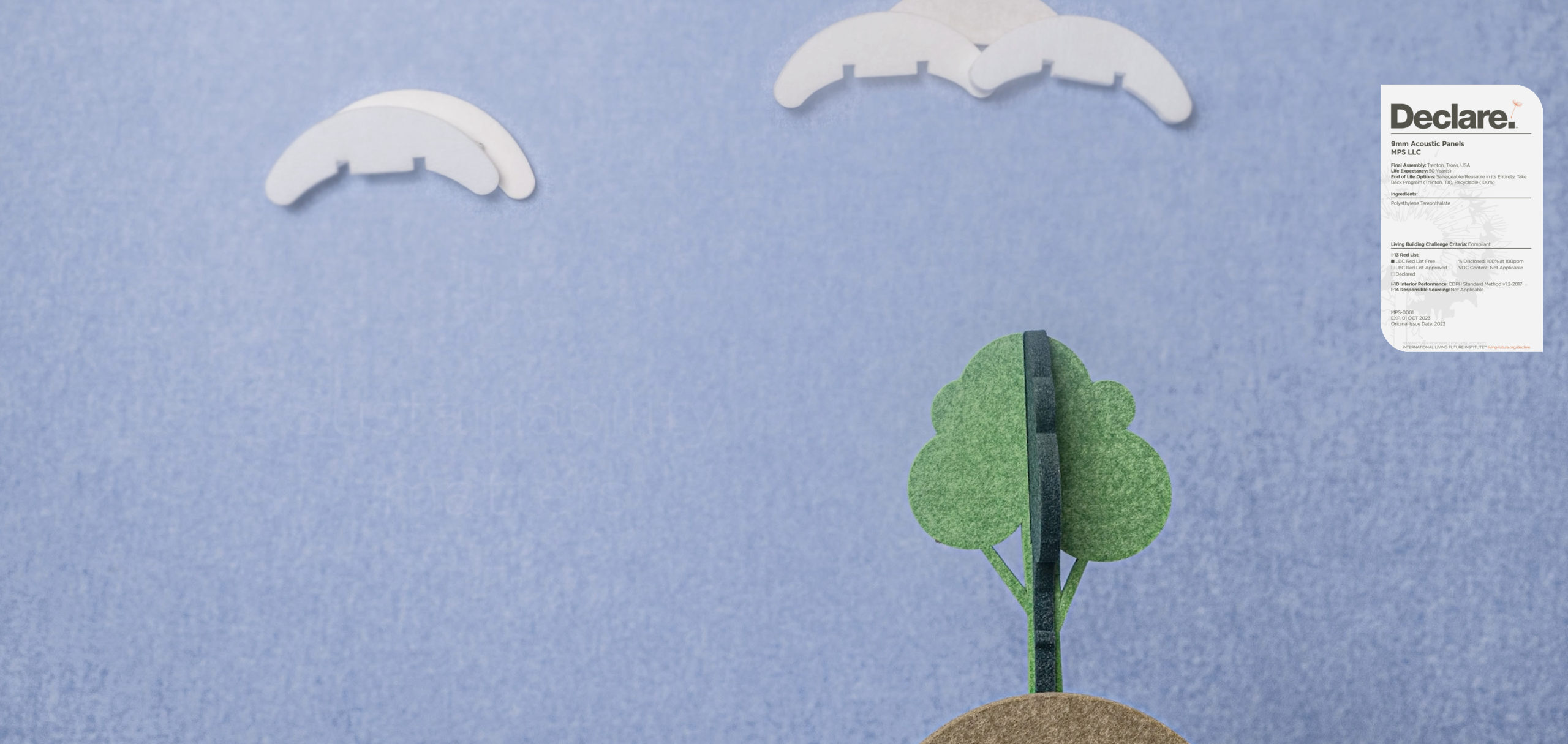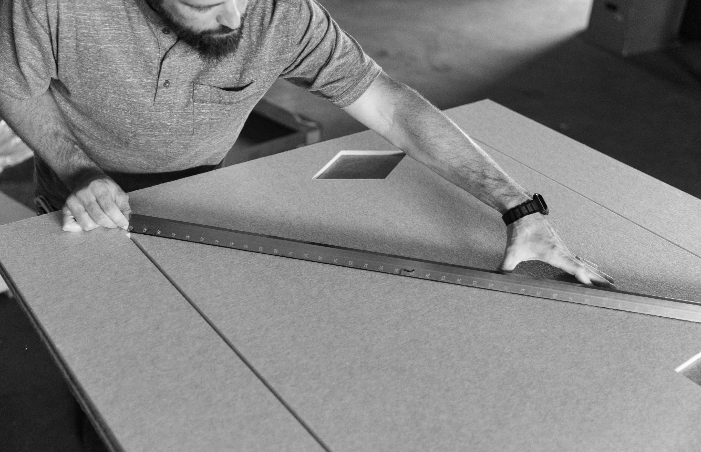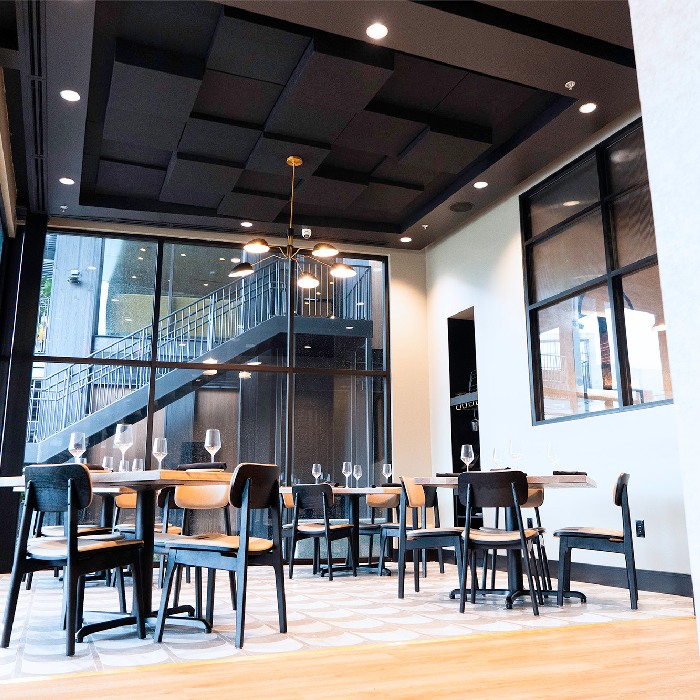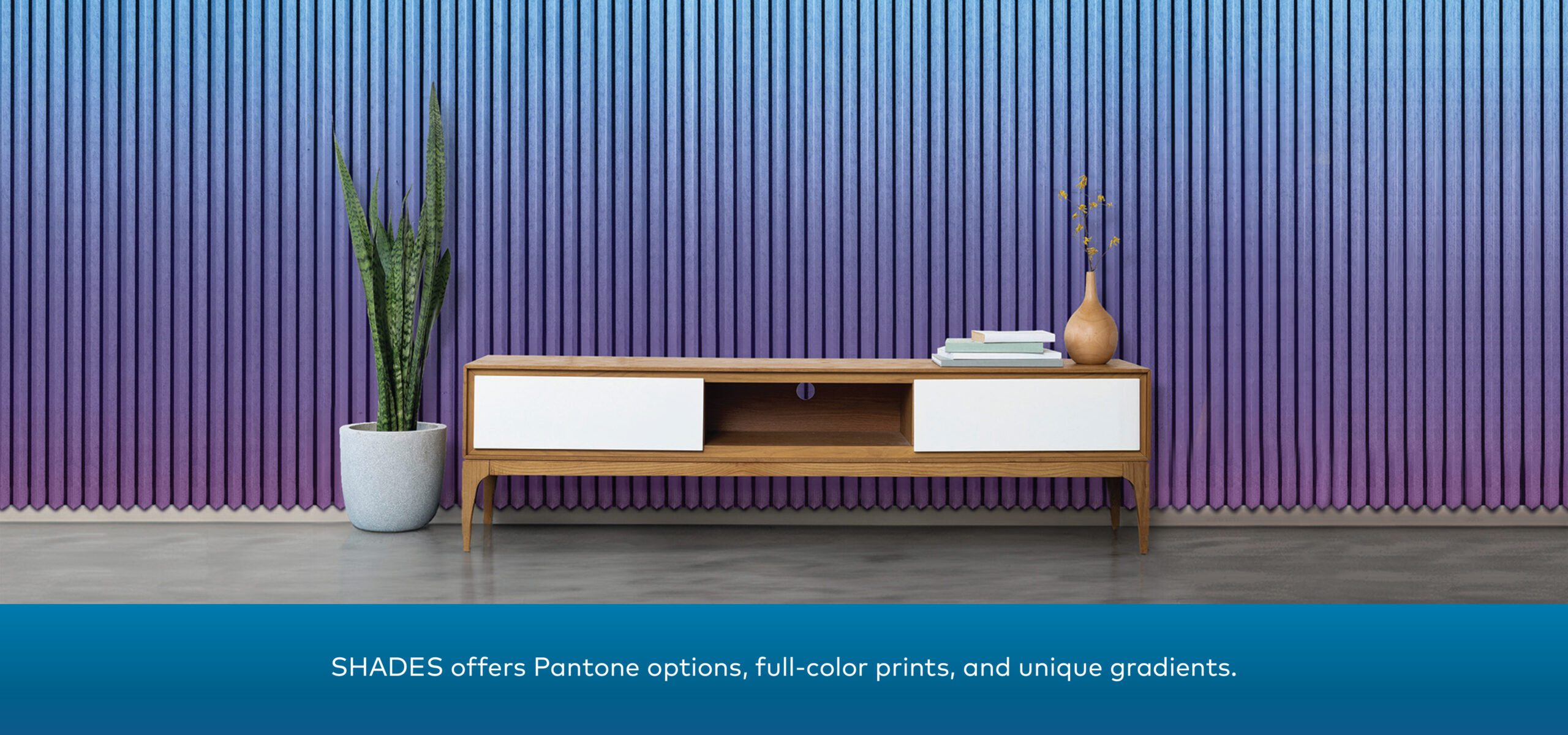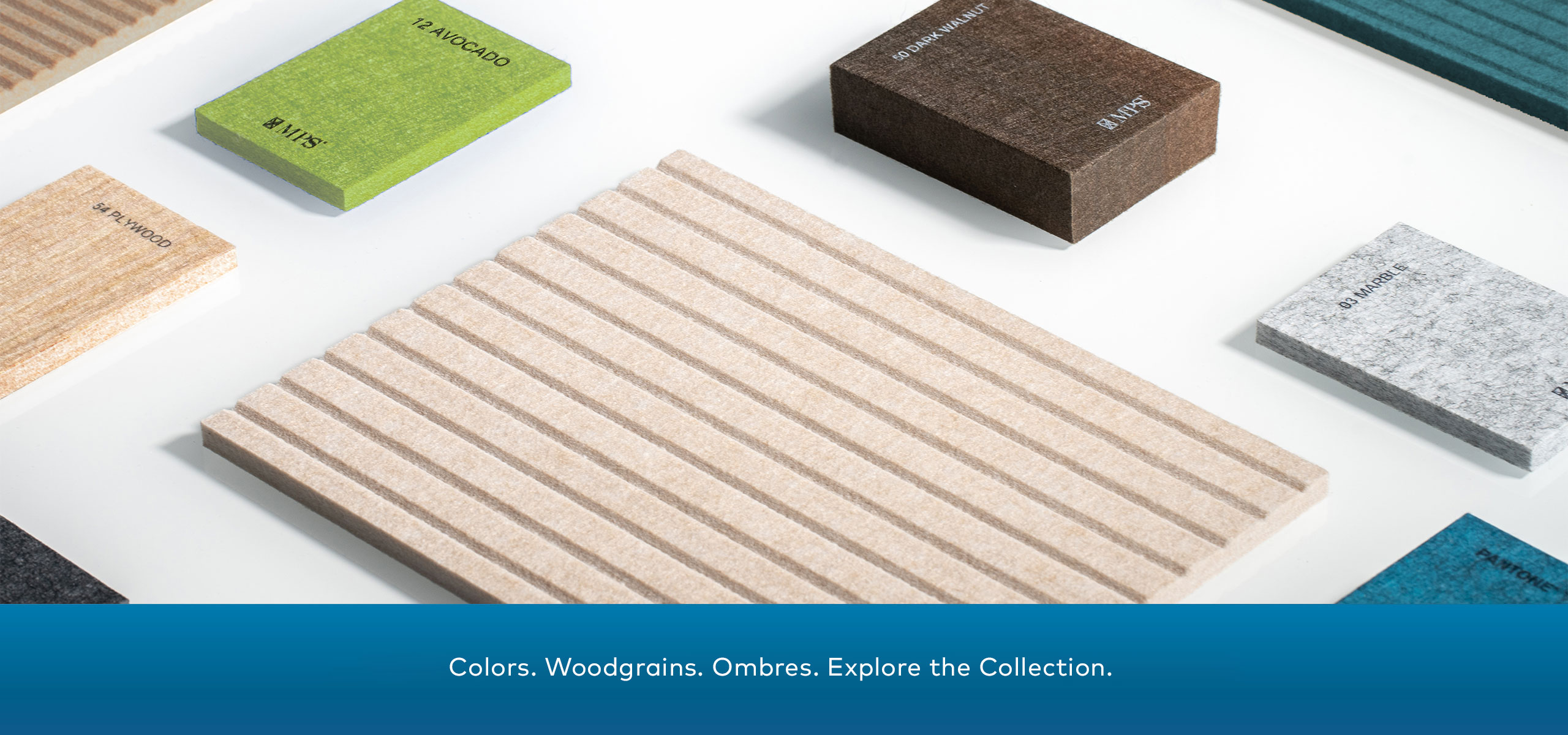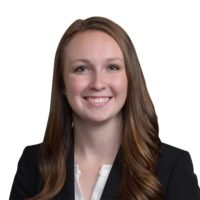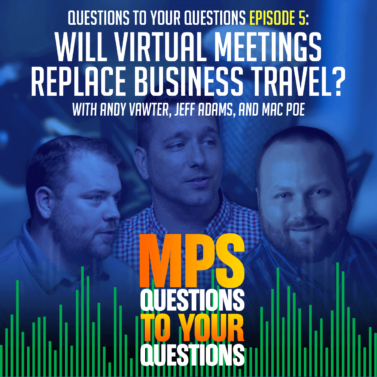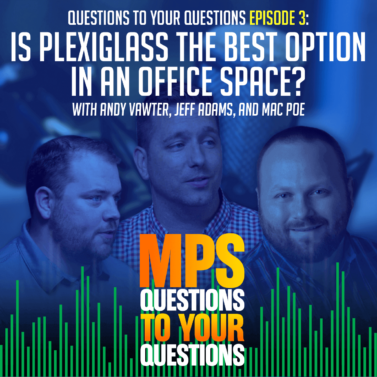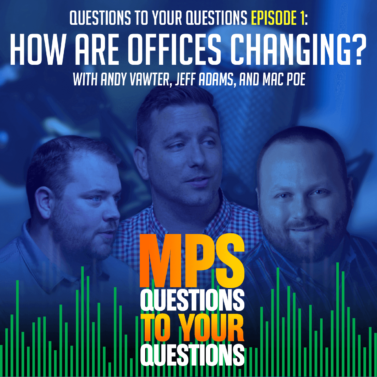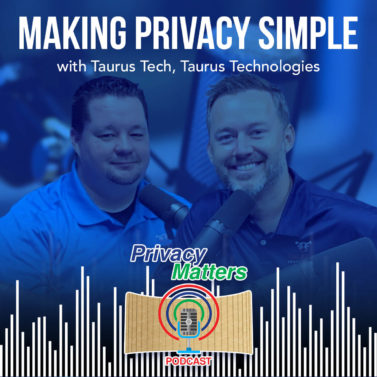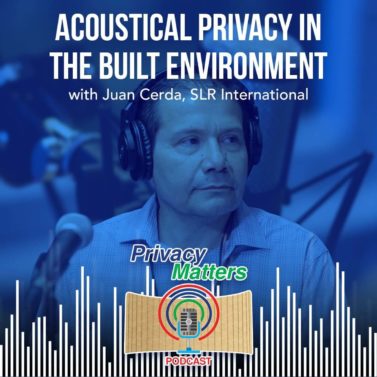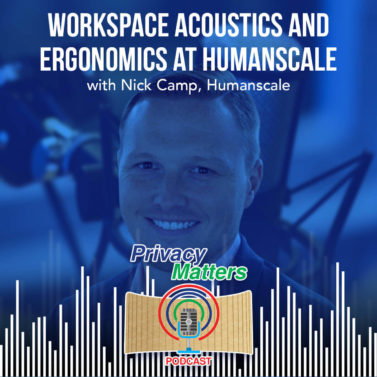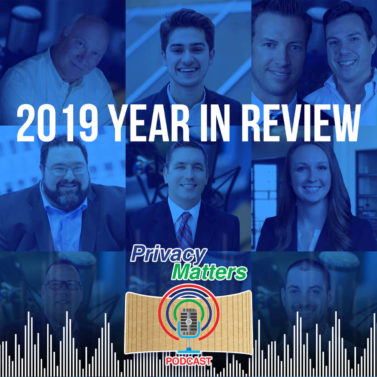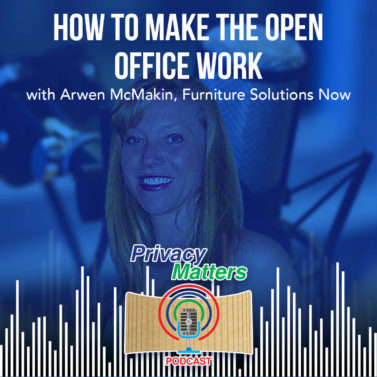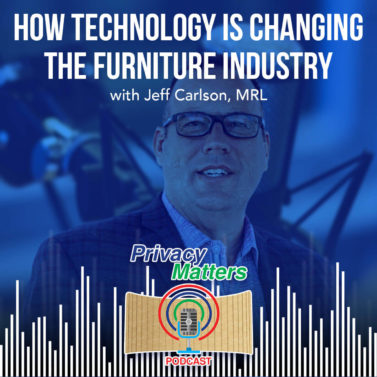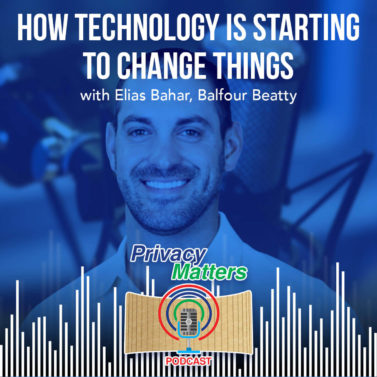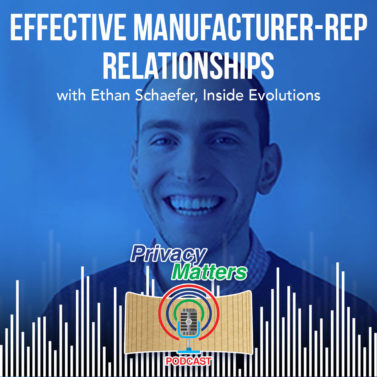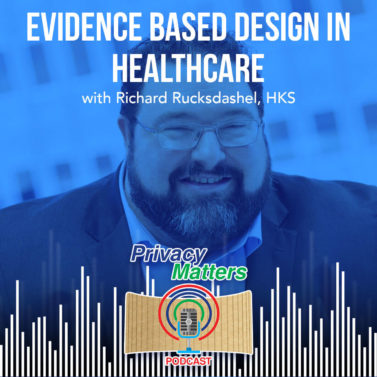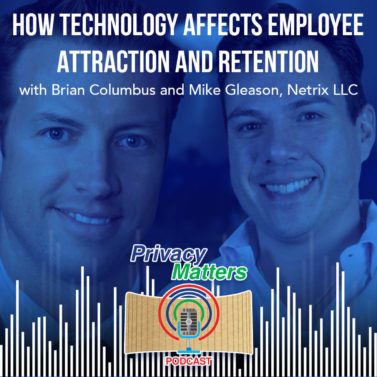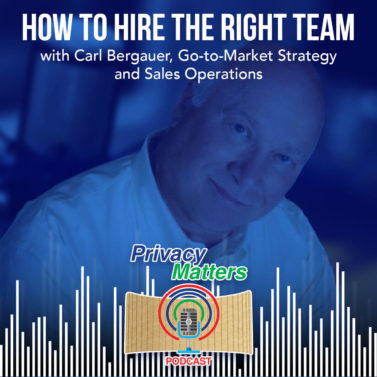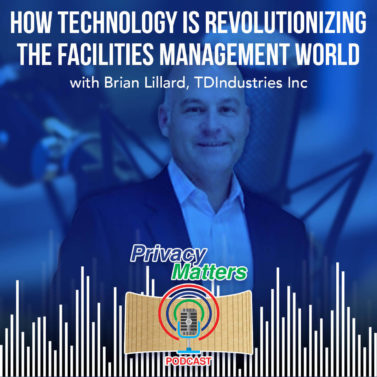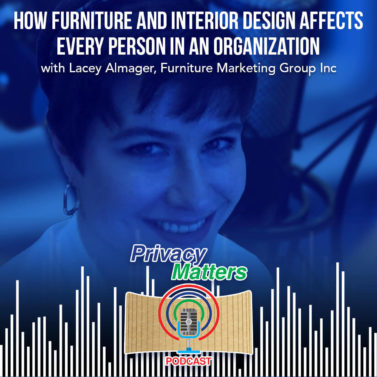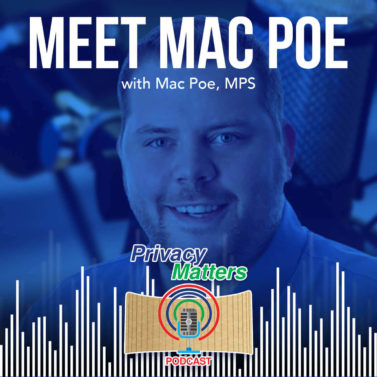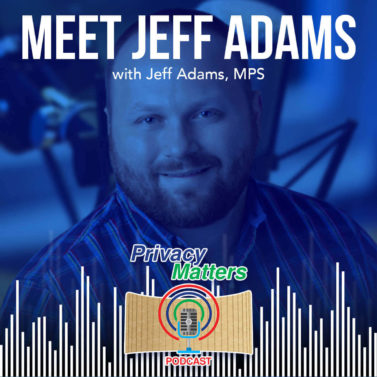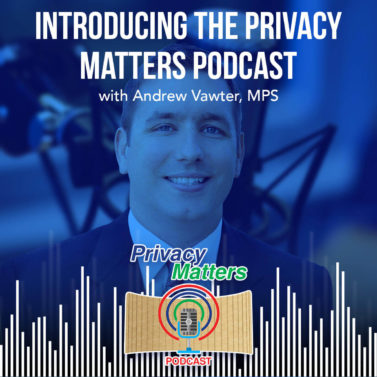Andrew: [00:05]
Welcome to the privacy matters podcast. I’m your host, Andy Vawter.
My guest today grew up out in Portland, Oregon. She ended up moving to Oklahoma City for college where she got her interior design degree and then upon graduating she moved to Dallas area with a local architect and design firm. Her name is Cassidy Compton and she works for Mead and Hunt. They’re a unique organization in that they do specialize in aviation design for airports. I wanted to sit down with Cassidy and discuss some of those unique challenges that she faces in doing what she does as well as discuss in more general some of the ideas she has for the future and where the industry is headed. I really hope you enjoy this interview as much as I did.
All right, Cassidy, thanks for being with me. I’m really excited to have you here. And, the first thing we’re going to jump into is a little bit about your background. That way you can share a little bit about where you came from, how you ended up here in Dallas. And then, we have to explore your job title, which I think is very interesting. So you are technically an intern is what it says on your signature and on your business card and everything. So we’re gonna look into that and have you enlightened everybody about that. I’m pretty excited. But let’s, let’s start back and first talk about where you grew up and then where you went to college and what you went to college, and then tell the story of how you ended up here in Dallas.
Cassidy:
Okay. Yeah. So I went or I grew up in Portland, Oregon and I was born and raised there wanting to get out of this state, beautiful state. And my heart is still there, but I wanted to get out of the state for college. So I went to Oklahoma Christian University in Oklahoma City, took the drive my freshman year and I was very shocked by all the flats.
Andrew:
How flat everything got.
Cassidy:
Definitely. But I went to school there for interior design, so I knew something good would come of it. So, it was a really good transition from not doing anything in high school and nothing like specialized. I took like an art class and then jumped straight into interior design in college. So, I really enjoyed that part of it. I wanted to be a teacher all growing up and then started looking around at different schools and they were telling me how I’d be able to get into the classroom and teach. And I was like, okay, I don’t want to do that. Why would I want to be a teacher? And then, my parents actually sat me down, explained to me that all when I was growing up went since I was five years old, I was drawing my future floor plans at my houses and different things that like that isn’t exactly what interior design is. And I always just thought of HGTV as like the colors and the pillows and that’s what interior design was. But then actually visiting all the schools, I got really excited about the floor plan side of it and more of the interior architecture and so that’s why I went to school for that and was it a small program. There were about five of us in each of my classes, graduated with one other person. So it was really, it was a really nice experience for that and you got a lot of professor time.
Andrew:
Yeah. A lot of specialties. One on one time.
Cassidy:
Exactly. You didn’t have to raise your hand or feel nervous to walk up to the professors. Yeah. So that was a great experience. And then I went to, or I graduated from there and I wanted to stay around the area because I loved the South and I looked for a job that was in Dallas and found Mead and Hunt. And that’s kinda how I moved here. I didn’t know where I’d move, but that the job took me here. (Andrew: You’ve got to move someplace. This is not a bad place to be. Definitely a lot of opportunities here.) Exactly. Yeah.
Andrew: [05:08]
So you moved to Dallas and they brought you in. You were finished your degree as an interior designer. So, you know, you’re a full interior designer except your job title is an intern. And so, explain to us why are you considered an intern instead of just an interior designer?
Cassidy:
Yeah, absolutely. A lot of people, my level just out of school, they are considered interior designers, but since my company works with a lot of government contracts and a lot of different states, the level of licensing for interior design is different from state to state, especially with working on government contracts. You can’t really have any gray area in that and so Mead and Hunt actually just call us interns until you get your license. And so it’s confusing, basically anyone we email because they think that we’re just there. (Andrew: You might not be there come September.) Exactly. But we’re permanent employees until. (Andrew: Yeah. You’re full employees that are hired and paid.) Exactly. Yeah. But it’s basically just to cover ourselves in case anything happens and then after two years, we are allowed to take our three exams and be able to be called full interior design.
Andrew: [05:53]
So soon, very soon you’ll be ready to take your exams and remove that intern from you, from your title. Well, probably just for the confusion even, you know, just the fact that people don’t call up in September and say as Cassidy’s still there or did she go back to whatever school. Yes. Well, that’s exciting. So, you mentioned your business does a lot of government contracts. So Mead and Hunt is kind of a specialist type architect firms. So tell us a little bit about what makes them unique and what they specialize in.
Cassidy:
Yeah, so we have 30 different offices all across the country and we have basically five different business units within that architecture and building engineering being just one of those. So we do a lot of other areas, but within architecture, we do government aviation, interior design does a lot of corporate. We’re trying to get our foothold in the Dallas area, doing a lot of corporate contracts. So, basically anything you can think of what we try to put that on our resume but a lot of our projects are government and aviation. (Andrew: So aviation meaning airports, right? Okay.) Not airplanes, unfortunately.
Andrew: [06:22]
Yeah. Designing airplanes, it’d be fun. I think the liability of that, I would be, (Cassidy: I wouldn’t want just scared of that airplane. Like that’s pretty big.) The interior of one, like the first-class area with, that’d be fun to design. (Cassidy: But then you’d have to think of like the weight limit of an airport. True love challenges. There are a lot easier.) So, yeah, I mean a lot of people probably don’t think about that, but I mean, airports, they’re everywhere. I mean all across the country, different sizes and you know, tons of them are in construction. They are like DFW is always under construction. Right. It’s just which terminal are they ripping up and ruining my day and you know, but yeah. Yeah. So, when it comes to airports, like what are some of the things that maybe people don’t think about? Like, I mean it, my mind immediately thinks, OK, airports, you’re designing terminals, you know, big, lofty, you know, and I travel some for my job, so I get to see a lot of airports in there. The architecture is very interesting. You know, it’s visually interesting and usually grand and cool. Or you know,
Cassidy:
It’s something that you don’t usually think of though when you’re traveling, you just think of getting to your next flight. You got to think of what actually went into it. So I know when I interviewed for this job, I didn’t even know aviation was a sector you could do interior design or architecture in. So it was a whole new world for me in that sense. But people, terminals are a lot of it where you are designing where the people actually sit in the hold rooms in that sense. But then you also have your admin spaces where the employees of the airport have to work and the conference rooms that go along with that and the security lines and basically just figuring out how the people will move throughout the space. And a lot of it is terminal expansions. Very rarely do we get experience building a whole new terminal. (Andrew: Sure. Right. Yeah. Most people aren’t building brand new airports. They’re just renovating or expanding or changing.)
Cassidy:
The challenge is how to bring the old airport into the new era because you don’t usually renovate an airport every 10 years. So it’s 30, 15 years old. I don’t know. I don’t know of any airport that would be over 50 years old. But you kind of renovate after that. Correct. But there’s been really fun.
Andrew: [08:42]
Okay. So what are, what are some of the challenges that you run into in that, in that regard?
Cassidy:
Well, trying to figure out how to space plan an airport is the biggest thing. So when you build or renovate an entirely new airport, you have to figure out the existing part to the new renovation. And then you have to figure out how to mend those two and space plan for effectively. So the existing doesn’t look like it’s existing and you’re just adding on a new. (Andrew: Like you just walked into a new building or something. Yeah.) Yes. So that’s a big challenge in trying to figure out how to put the administration offices across from the security and the ticket lanes. But then you also need that area for actual security lines.
Andrew: [09:33]
Yeah. And then you want it to flow well too because nobody wants to get like a trap, you know, traffic jams are people really hate airports that are poorly laid out. I mean, I can think of a few in my head right now actually. Oh, those were the worst. You know, and then others are really well designed or it’s like, man, I get in and out and just right where I need to be. Yeah. That’s, and you know that that’s a result of some smart people planning plan and all that.
Cassidy:
We actually have airport planners that were, that’s all they do. They know all the codes and they know the people, level of services so that you’re able to fit a good amount of people in a certain area and you’re not especially stuck on. (Andrew: So their job is not to make anything pretty. It’s just to make it flow. And then other people make it pretty quick.) And you’re not allowed to touch any of the columns or anything like that because that’s where it is because people need to flow through it. Sure. And one interesting thing is that you notice all the bad airports because they are traffic jams and you notice those things more. But when an airport is designed really nicely, you don’t notice it because there’s nothing that will make you stop to notice the architecture.
Andrew: [10:42]
Yeah. It just flows well and exactly. You ignore that. (Cassidy: Our goal is to have our architecture ignored. That’s exactly.) That’s great. No, that’s, that was our message. That was our message for years because when you do sound masking, it’s a background thing. So like there was like, we sell something that if we do our job well, no one notices and no one thinks about like how hard is that? You won’t notice it, ignore it. And then we’ve done our job well. Yeah. So, that’s where it’s fun now we do acoustic panels where a little bit more exciting people notice them and which is nice, (Cassidy: but nice design) right? Yeah. So what, you know, when, when you’re looking at your career going forward because you’re going to be a licensed officially for the government purposes, licensed interior designer. Do you like the idea of being specialized in a niche like airports or you know, maybe broaden out into other things or are there you wanna try it all, you know, with, what are your, what are your goals or thoughts on that?
Cassidy:
I definitely want to in the commercial realm, so I wanted to do more of the big businesses big. I guess just projects, residential, it is fun but definitely commercial. That’s definitely where all the creativity comes in because the clients don’t have as much say as a homeowner.(Andrew: Right. A homeowner knows exactly what they want and is quite opinionated. Yeah.) Yeah. So I definitely lost down that side of all interior design. But then as far as a niche, I like aviation. I love learning all about all the people codes and actually planning for people flow. That definitely is something that I like in the space planning aspect and it’s just, it’s easy to I guess it’s easy to stay in something that you started in because you know everything about it. It’s harder to start branching out when you don’t know anything. So I guess starting out, I would like to be broader and then I would like to specialize later on. Which is a good thing that we’re growing our interior design at Mead and Hunt? So we’re able to find a network that we want to be in and we’re able to jump in with both our feet and just try and learn all we can about that. So I do like having aviation as a backup because it’s kind of all those sectors rolled into one, even though you think it’s a niche.
Andrew: [13:10]
So yeah, I mean it’s all the, you have office space, you have, like you said, you’re working on either people flow or visual nature of it or security. I mean, there are so many different aspects to that. You kind of get, you kind of get a little bit of everything with one project. That’s, that’s pretty neat. Yeah. What are, what are then along those same lines, what’s some of the most exciting things about what you do?
Cassidy:
Yes. Okay. So a lot of the interior architecture is super exciting. I’m working on a terminal right now that we’re just focusing on interior architecture and trying to figure out how the employees of the airport don’t want to dust any artwork or anything like that. So we’re mostly focusing on the architecture. So all of our design is built-in. (Andrew: So they’re not hanging pictures on the wall to spruce it up. It’s like it’s all built into space) Fun ceiling aspect that they’re not doing that. So that’s a really fun challenge and trying to figure out how to be creative within the interior architecture of it.
Andrew: [14:10]
So how do they, how do they communicate that? Like, let’s talk through that process a bit. Like, so you’re telling me there’s a client that wants this. Well, how did that come up? Like what’s that look like in your role?
Cassidy:
So there’s an airport board and there’s an airport GM basically. And the airport GM is who we mostly talk with and they kind of summarize everything that the airport board and the employees and everything. Everyone on that side of it. Everything they’re wanting. (Andrew: So it’s their job to do some of that backend work, survey their own people and kind of get an idea. And then yes. Have a spokesperson for it.) Yeah. The GM is basically the spokesperson. And they tell us what they’ve seen that works in their airport and what they’ve seen that doesn’t work. So if they have lots of lights that burned out, but they don’t have enough people to actually replace the lights and if they’re 30 feet in the air, you don’t want that. You want your lighting to be closer to the ground. So it’s easier to replace. (Andrew: You have to have a lift-out there). Exactly. (Andrew: Replace light bulbs.) So it just, they’re more of the operational and they tell us exactly what works in their airport and what they can do. And then we just kind of brainstorm together on what our expertise is and what they know from their airport and just create a design from that.
Andrew: [15:26]
Do they like to give you a Pinterest list of like?
Cassidy:
Yes, some do. Some give a feeling and they’re like, this is what we want the feeling to be when you walk in. And we just interpret that in whatever way. (Andrew: Not hard at all). No, not at all. Yeah. So you interpret that and then you get, we give a lot of idea boards back. (Andrew: Sure. So that they can make it tell you what resonates at that exact point. Okay. That’s cool. Yeah, I could, I could imagine someone tells you, I just want to feel this way when you walk in and they’re like, oh, okay), okay. Moving on. (Andrew: What colors make you feel that way?) Yeah, it definitely is a lot of psychology behind it is wild. (Andrew: Asking a lot of questions and really try and understand) what the right question. (Andrew: where they’re coming from and all that.)
Andrew: [16:08]
That’s really interesting. I’m sure it’s very similar to like someone that says on in an office space or a church or something like that. But the difference is you guys have to do it and still handle the security and the, yeah. The coding which I’m sure coding in an airport. I know a guy that works for consulting, like an AV consulting that does airports. So he’s trying to design paging systems, audio system, all the paging that goes on in airports and all the code requirements for conduit and wiring and all that. It’s just so insane. (Cassidy: An area that has to be locked off but has to have key codes accessible.) Yup. Access control and then I.T and all that stuff. It’s just very, very interesting. And then I’d all really do probably a lot of it comes back to the architecture and how the walls are designed and ceilings and what materials are going to use there and all that stuff. So, it’s just really fascinating to think about. But then, at the same time, you get to just go and create a cool wall design for someone or a nice office space plan with furniture and what that color combinations and all that. I mean, so you got to get to do all of it.
Cassidy:
Yeah, I do definitely. I love art and I love the art side of it. And so anything that you can dream up, you can put in, hopefully, rightfully. Money allows. Yeah.
Andrew: [17:30]
Yeah. You gotta find the right partners that can actually do it. But what I’m on the flip side of that, what would you say is one of the more frustrating things about your job? Probably the same thing, right?
Cassidy:
I think the people flow and definitely fitting enough people. We have a level of service for the different hold. So that same project I’m working on for the terminal, just getting enough seats in there to actually allow for the airport to be designed well so that people don’t.
Andrew: [17:57]
Yeah. I mean the budgets are an issue in everything, right? Everything. But, how often is it that we cause I would imagine, and this is just me thinking about it in an airport has to deal with space planning, security, you know, all these different things and yet they start to fit into a budget. But there are so many requirements. How do you navigate that?
Cassidy:
Well, probably my first year of working. I don’t have to worry about that. I let the higher-ups handle that. Yes. Excellent. It definitely comes down to the furniture. I’ve had to price a lot of furniture recently and sometimes you don’t get the high-end stuff. You have to find an off-brand and make sure it holds up to the codes that we’re needing for it. And that’s just one part of it. But it’s a big part because if you think of airport furniture it is like everywhere. (Andrew: People we’re sitting everywhere.) They are. And it’s never, airports are rarely closed to traffic.
Andrew: [19:02]
So what are, what are some of the, and this could be airports or office space or just in general, cause I’m sure you’re kind of plugged in just the community that you’re a part of. What do you think are some of the next evolution in architecture and interior design? Like where, where’s it going in your mind or where would you like to see it go? It would be another way to ask that.
Cassidy:
So, Frank Gehry is a really big architect that comes to mind. I think a lot of things are revolving back to where he comes from and just definitely like the natural side of architecture and making sure things flow with their surroundings. So even in the exterior architecture, making sure the building isn’t just a sore spot in the community, you want to make sure it fits in with what is around it. So I definitely see more of the natural side of it coming back in. Definitely within office spaces and the corporate side you want the biophilia which is bringing in the outside so you have light to the workspaces, you have greenery in the workspace. Just making sure that the people in that corporate space feel the outside and nature because it definitely is renewed. I was reading something I guess like a month ago now and it was saying how nature actually balances out everything that’s like the hard surfaces on the inside of the space. That’s why biophilia and biophilic design is so important.
Andrew: [20:30]
When I was, when I was teaching and when I was a student, if you could ever as a s as a student, if you could ever convince your teacher to take the class outside for one of them, now we usually did it cause we wanted to goof off and have, you know. But you know, but there was something about that that like if you could get somewhere else, that kind of, it just felt a lot more natural to sit in the grass and learn from your teacher than it did to sit in a rigid desk. You know, we, at our company at MPS feel very passionate about people’s work environments. You know that’s, that’s, you think about it, people spend more than half of their life. It seems half of their awake, awake life. Yes. But you know, if you work in an office, in an office space, in a chair, at a desk, you know, working in a building. And so if we can make that experience more productive, less stressful, more relaxing, more, you know, all the things that hopefully make our job exciting, you know, the more productive and enjoying being here that matters. So, I mean, yeah, I’m excited that that’s where the trend is not, you know, five, 10 years ago it was like everybody’s going to open spaces and removing office space and things like that. And that’s still happening. But if we can incorporate things that still make it an enjoyable experience for people, it’s, you know. It’s not that bad, right?
Cassidy:
Yeah. And there are, there’s a new licensing that’s become popular probably in the past five years. Well qualifications for a building space. So making sure that the building itself with what, whatever it is mostly in commercial spaces, but that it resonates with the capacity of it human and making sure that that human feels well in a sense. (Andrew: Yeah, absolutely. It adds to the well being of someone’s life instead of subtracts from it.)
Andrew: [22:22]
I mean, it’s one of those things where we’ve felt that way for a long time, as what we do is a small part of that. So then to hear it from someone who’s actually doing the holistic designs that’s where your mind is. That’s good. That’s exciting. So you probably deal with all sorts of different vendors, different customers. You’ve got to kind of being in the middle of all that, right. Cause you helped design it, but then it has to get installed and implemented and become something and that’s contracting and construction. You know, dealing with the customer and all that. I know you’re just a few years into this, but in your experience, and also probably, I’m sure you’re constantly talking to people who have been doing this a long time as well. What are some of the things that you think are important that you’ve learned about how to deal with that? What are maybe some things that you’ve learned already?
Cassidy:
Yeah, with dealing with all the reps?
Andrew: [23:25]
Just tips with dealing with all those people being in the middle.
Cassidy:
Yeah, definitely. It makes good relationships with your reps, making sure that you have a good conversation going for each of your projects because they really know their products. And if you email them and say, this is the feeling, this is what they want for that. This is the code that we need. Do you have anything? And 9 times out of 10 if they have anything, they’ll give you a list of it because they don’t want you to have to search too hard on their website for it. And then also if they don’t have anything, I’ve had a lot of rough say we don’t carry that I can go to this other company. And that’s really good on our side as interior designers and making sure that we design space well. We love hearing that because it shows that people aren’t focused on the bottom line. They’re focused on the space and making sure it’s designed well. So we really appreciate it when reps come back to us and say, this is something that we can’t do. And so we are able to move on and get the best thing for our client.(Andrew: Instead of trying and force you into old, but we have these other things. Let’s go this way.) So that’s definitely being the middleman you get in the sticky situation sometimes. But having those reps with good relationships and being able to balance both sides really well to create a cohesive design, that’s definitely our job most as designers. (Andrew: And then, yeah, make sure that the client’s vision, in the end, gets put in the way it needs to get put in. Exactly, to code.) In dealing with the contractors, making sure that it actually gets done. (Andrew: I don’t envy that part of it.) That part is a lot of detail-oriented.
Andrew: [25:10]
So then that might take us into my next question, which is if you had a magic wand and could fix anything in your industry, what would it be?
Cassidy:
Probably, I would say probably just the amount of searching that goes on when you’re trying to figure out as design more. I guess asking all the right questions. But I would like that bridge to be gapped in a way where the client is able to say something and then designers get it and then we don’t have to search too hard. I feel like there’s a lot of products out there. It’s just making sure.
Andrew:
Yeah. So like what I am, what I’m hearing is, you know, because knowledge is something that we can’t all have all knowledge, but maybe a good central database or an easy-access way to get knowledge. So your client asks for something and you have a very concise, simple way to get information.
Cassidy:
And I know there’s a couple of products that are coming out because they see the gap of that and they want to create a holistic library where you can go on it and you can find what you like.
Andrew: [26:16]
Well, in the furniture world, it’s like my resource library digitized people’s libraries in their dealerships. And so then as an AD firm, you can literally search keywords and pull up manufacturers and dig through there and get information. So that’s one thing I’ve been thinking about. And then I’m sure you mentioned the rep, so like having really knowledgeable, responsive, good relationships with those people is probably another way to do that. (Cassidy: It cuts down on our ability or not our ability, but on our need to go scalar.)
Sure. And that, and that’s expensive because now you’re billing time to a customer to go find things where if you have really good relationships, you’re able to quickly get answers and it saves the customer money. It makes your life easier because you don’t have that list of things to exactly get to. So what I’m hearing is how do you save time and, and that would be, if you could wave a magic wand in shortening the amount of time you have to find things. That rings true in a lot of different ways. I did an interview with an educational specialist for another architect firm and she, she dealt with schools and her wish was budgets cause she’s like schools, it’s just all about budgets, right. That’s the only thing. But I would imagine that you don’t have as many constraints as a school maybe. (Cassidy: But not as much. There are still constraints). Right. Of course everybody, it’s still public money, but I think people are a little more open to, it’s sad, but they’re more open to spending to make sure their airports are done right then to make sure every score and sound when you say that out loud. But at the same time, there’s only one airport and there are tons of schools. So yeah, different allocations I would imagine.
Andrew: [28:08]
So let’s finish this out by talking about you. Two short questions I asked most people and the first one is, when you’re not at work, what’s your favorite thing to do?
Cassidy:
So going back and bringing this full circle, going back to bring the outside in. I like biking when I’m not at work because I like being out in nature. So taking a short bike ride through a park or something, that’s probably like number one. Love to do that. The second thing would probably be like photography or drawing or some kind of art form because I’m still an artist. I feel like I need that side taken care of.
Andrew: [28:47]
Do what you want instead of what the client wants. (Cassidy: Yes. That’s your escape.) That’s exciting. (Cassidy: I gave you two. Okay.) That’s fair. We’ll allow it. And then if you had all the money in the world, you could do anything you wanted. What would that be?
Cassidy:
We were actually just talking about this in my office like two days ago and I know I said that, residential was definitely a side that I would prefer not to be on, but if I had all the money in the world, I would be able to design this huge mansion for a musician or something like in Nashville proper. And that would just be so fun. I feel like musicians have a lot of money. They have no care in the world. They don’t have any need to, I don’t know. The big house, I guess they don’t have any specifications for that, so you’re able to bring in all your time.
Andrew:
You can just crazy creative or if you had all the money in the world, you could do that for yourself even better. I’ll help you with that. The New Year. Own Master. You can build as big of a diamond dream. Then you can just think about it and you can make it happen. (Cassidy: Then go with that.) Okay. There you go. I’ll help you down. Client services are always second best because you’re here. (Cassidy: But sometimes it’s easy because they have to come up with the design and then you just implement.) It’s true. That’s true. (Cassidy: You have to figure it all out.) That’s very true. (Cassidy: I like too many different things.) It’s hard to nail down on one thing. The one way to do it. I hear you there.
Andrew: [30:21]
So I really appreciate you spending time with me and you know, is there anything you want to share with anybody out there? Our audiences, you know, it’s a hodgepodge of people. It’s reps, it’s furniture dealers, it’s AV guys. It’s all sorts of people. But if there’s anything that you’d want to share to let everybody know, hey, this is maybe you remember this or think about this here. If it’s something like, Hey, when you’re talking to an architect or an interior designer, remember that we have feelings too.
Cassidy:
Communication is key. Making sure that you keep those for the reps, making sure that you keep those relationships up. And then for the interior design or for anyone in the design realm, making sure that you communicate what you’re wanting to design well, and I feel like communication is the hardest thing in any sense? Exactly. So just strive to communicate more in all areas of your life.
Andrew:
And is it always texting, right? Or that’s the only way that millennial, (Cassidy: I hate texting.) Really? (Cassidy: Yeah. I’d rather an email or on the phone. Honestly.) Really? You’re like the only millennial. So once that, yeah. So, well, thank you so much for being here. I really enjoyed it.

